Conversations With People We Value #43
A recent crisp and bright December day delivered conditions that brought the big cat heart of my XK120 Jaguar to full roar. With the Jaguar feasting on the cool air and eager to run, Elaine and I had set out to visit an amazing and still thriving remnant of American Revolutionary War history, a three-century old Public House and America’s oldest tavern, “The Old 76 House.” I found it amusingly ironic to be behind the wheel of a very much alive piece of later day British automotive history. Once again the British were coming. My journey would travel routes once traversed by General George Washington at a pivotal time in American history when the battle for independence hung uneasily in the balance.
Now, join Elaine and me as we break bread with ghosts of the American Revolution.
Driving to history, Visiting America’s oldest tavern and the man who saved it

During the later colonial period, taverns served as the powerful pumping heart of Revolutionary fervor leading up to and during America’s War of Independence. Two of the most famous of these taverns, Fraunces Tavern in New York City and The Old 76 House in Tappan, New York, remain in operation today. Both have been operated by members of the Norden family. For a number of years Robert Norden oversaw Fraunces Tavern and for the past 37-years his son, Robb has owned and operated The Old 76 House.
The significance of the tavern or “public house” in colonial American history evidences itself in the central role it played in community formation. For a land patent (think of today’s incorporation) to be granted for the formation of a new town, e.g. Tappan, New York in 1686, the town actually had to have pre-existed as a town for one generation. The existence of a public house stood as a requisite feature central to a town’s formation, much like the role a grain of sand plays in the formation of a pearl. Colonial Tappan like its Mid-Hudson Valley brethren of communities featured a predominately Dutch and German population. Decidedly anti-British, they rejected the idea of using the British term public house or pub in their new community. Tavern instead would be their choice. And across America that tradition lives on today. In 1686 the site that would become the Old 76 House three centuries later came into existence as part of the newly created town of Tappan. By the time of the American Revolution the tavern bore the name of its, then, keeper, Casparus Mabie (Pronounced like the word “maybe”). Mabie’s tavern lived at the center of the gathering storm that would engulf the 13 colonies and ultimately change the world. Here, George Washington, Lafayette, Von Steuben, Lord Stirling, Anthony Wayne, Generals Green, Knox, Talmadge, Grover, and Alexander Hamilton, who actually lived in a room upstairs, ate drank and charted a future that would see the birth of the United States of America.
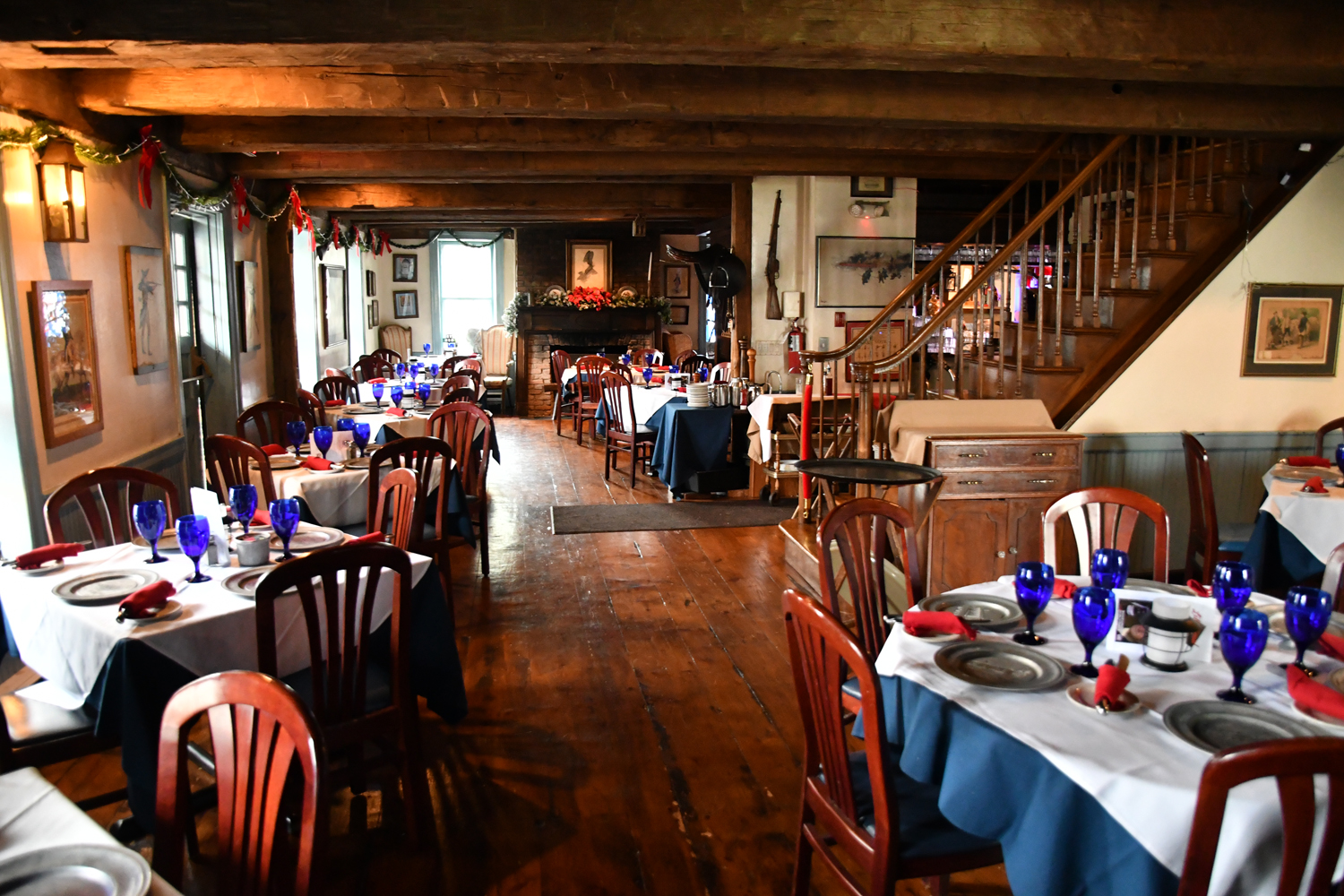
On July 4th 1774, two years to the day before the signing of the Declaration of Independence, the New York Committee met at the site of the Old ’76 House and adopted the Orangetown Resolutions. With language foretelling what would come two-years later, voices emanated from Mabie’s Tavern that would join with others from across the colonies in a united call for relief from the oppression imposed by the British Parliament’s passage of the Intolerable Acts.
Located a short walk from the historic DeWint House that served as General George Washington’s headquarters four-times during the Revolution, Mabie’s tavern sat front and center to witness events that would change the world.
With the war in full stride came an event that would indelibly mark Mabie’s Tavern on history’s ledger. In September of 1780 Colonial soldiers captured British Major John Andre who served as head of the British Secret Service in America during the Revolutionary War. After meeting with, soon to be reviled Colonial General Benedict Arnold, Major Andre had with him documents detailing General Arnold’s plan to surrender West Point to the British. Forced by failed efforts to return by boat to British controlled territory, Andre had to make his way through Colonial held territory by land. He did not make it past Tarrytown, NY.

The bar at Old 76 House
General Washington’s availability at Mabie’s Tavern, assured that Major Andre would be tried as a spy in Tappan, NY. There Andre could be confined at Mabie’s during his trial. The door to his holding cell remains in place at the Old 76 House to this day. Despite the high regard in which Andre was held by many Colonial officers including Alexander Hamilton and Marquis de Lafayette, Andre, being found guilty as a spy, faced the gallows in Tappan on October 2, 1780 before a crowd estimated at 2,000.
Hearing of Andre’s capture, Benedict Arnold deserted West Point and, reaching the British warship, Vulture, fled for the protection of the British. Given a Brigadier General’s commission, Arnold would lead British troops against Colonial forces in Virginia. Retiring to England and infamy, Arnold avoided any punishment for his treachery. He died in 1801.

Letter written by Benedict Arnold found on Major John Andre
Fast forwarding to 2022, Drivin’ News has come to speak with Robb Norden the man who researched, restored and, now, owns and operates The Old 76 House. Warm, welcoming, exuberantly gracious with a ready laugh, Norden offers a high energy mix of menu recommendations leavened with a docent’s feel for sharing the stories this grand old building has to tell.
Though educated as an architect, life as a chef seemed a hard wired given for Robb Norden since early childhood. His grooming in the fine art of culinary excellence started at a young age. Robb says, “I never experienced a Thanksgiving sitting down. As a five-year old my family would put me in some crazy little costume and I would walk around the Fraunces Tavern dining room with apple juice refreshing everybody’s glass.” Not that he did not fight his family’s apparent predetermination of his future as a restaurateur. Despite the grooming by a father who operated Fraunces Tavern, Robb went back to college to be an architect. His father, believing that his son would not follow in the father’s footsteps cut Robb off. With a shrug of resignation Robb says, “Since I needed to support myself through school, I fell back on what I knew. Since the age of eleven Robb had been working in kitchens with a broad spectrum of culinary professionals. Conveying deep respect, Robb says, “The last kitchen in which I trained was the Union Square Café where I worked with Ali Barker a culinary pioneer and a master chef extraordinaire.”
Talking with Robb one finds his interests range far and wide. His appreciation for preserving and enjoying items with a history extend well beyond the Old 76 House. A pilot, he enjoys flying his restored 1962 Piper PA-28. As well, as a hobby he updates vintage airplanes with modern avionics. A car enthusiast, he finds his pleasure in bringing old Porsche 911s and BMW 2002tiis back to factory spec. While also a diver, recreational chef and collector of artifacts associated with his interests nothing surpasses his passion for the living museum he brings to life each day when he turns on the lights of the Old 76 House.
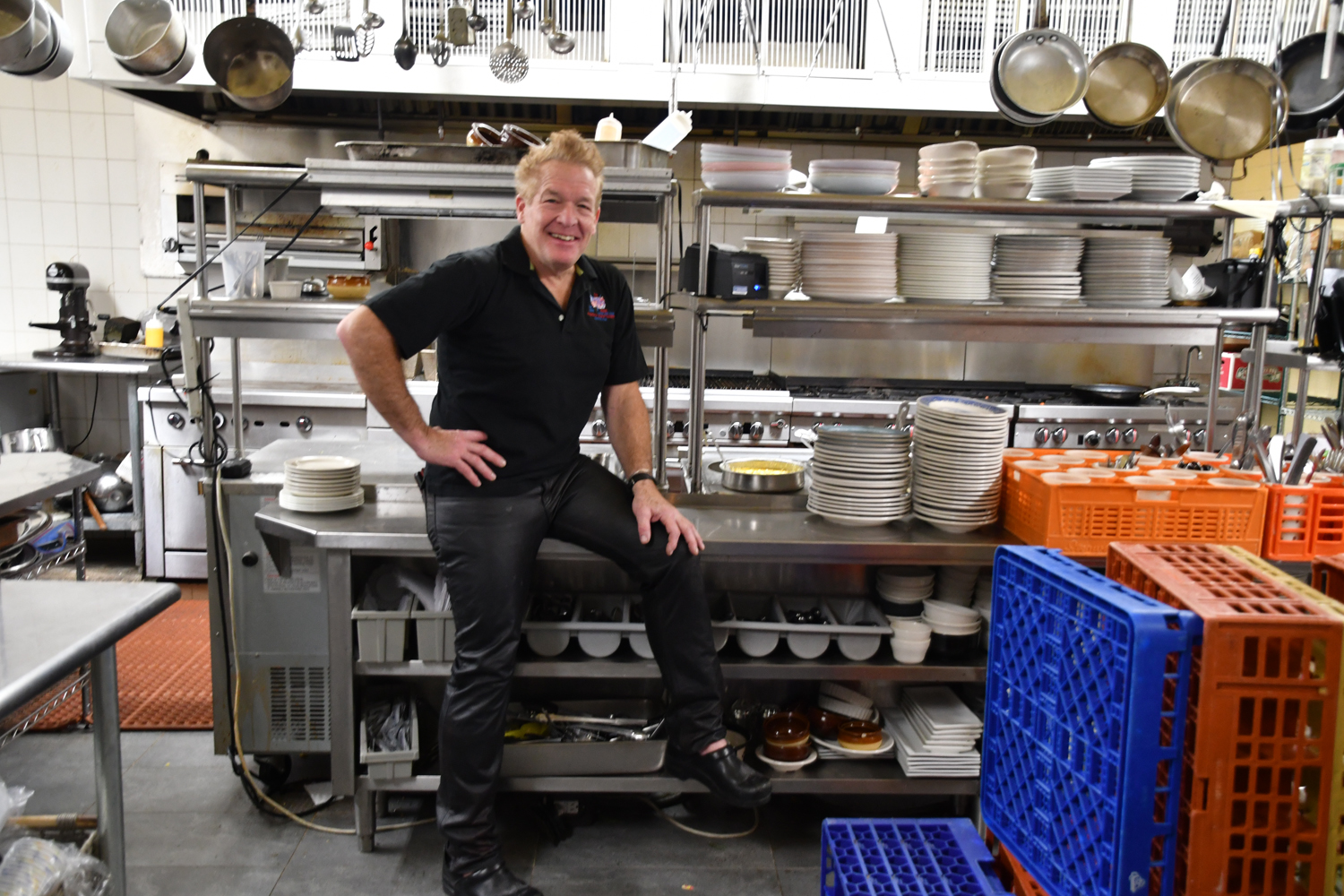
Robb Norden at home in the Old 76 House kitchen
What triggered this perfect fusion of talent and passion? Robb explains saying, “In my 20s I worked as the preservationist overseeing the restoration. This took more than a year. During that time the owner’s involved me in discussions about the character of the dining experience they had in mind.” Robb responded by adamantly protesting their vision. Robb says, “Their vision was completely wrong.” He told them that they needed to embrace the fact that this is a tavern. The prior owners did not see it that way. He says, “They wanted to make it a very high-end restaurant. They wanted a poissonnier, saucier, two pastry chefs, their plan had more people in the kitchen than they would have had in the dining room. They would have been billing meals at $100 per person. In the 1980s it would have been as well received as billing a thousand dollars a person today.”
Not long after the discussion, Robb received a call. He had won over the owners with the wisdom of his vision. They conceded the site perfectly suited housing a restaurant that celebrated its rough hewn historic charm with a refined dining experience free of ostentation but oh so rich in character. That said, they had no interest in implementing it themselves. Robb says, “They went on to say that I had invested so much of my life into this building and my passion for it was so evident that they would sell me everything for $1…and…and for that $1 I would also be buying their restaurant corporation and their real estate corporation, both of which had crazy debt.” In considering this “opportunity” Robb explains his reasoning saying, “I was in my 20s. At this time in the 1980s a 20-year old couldn’t get a loan for five bucks. So now I would own the business. I would know how to run it better than they did. I would pay it all off.” Now, 37 years later as 2023 appears on the horizon, Robb acknowledges that he is still paying it off. While Bob clearly exhibits qualities associated with the classic Renaissance man, he acknowledges that while he has great acumen for certain things he possesses no acumen for others and he says, “Making money clearly resides in the no acumen column.”
His love affair with this proud old colonial lady from a distant past runs deep and strong. A few years back a physical exam revealed tumors that demanded immediate attention and removal. One of the attending physicians projected that Robb might have less than two years to live. With a grateful nod of the head, Robb offers a tight lipped smile and says, “It has been more than two years now. I feel fine. I feel free. But all that being said, it forces you to re-evaluate.” Inspired by that self directed challenge Robb faced the question “What have I done with my entire life?”

Party in the house, The Old 76 House with Mark Sganga ensemble (Jen Heaney , Mark Sganga, Larry Eagle (obscured), Freddie Pastore, Candyce Giaquinto)
Robb pauses and notes that he has been here, in the room where we both now stand, for 37 years. He says, “I honestly believe I could have done great things in other areas.” He continues saying, “Did I waste this time?” He slowly looks about capturing and savoring all he sees, he leaves a silence hanging in the air and quietly says, “No.” Again pausing he then continues, “This is not a business. For me it is almost like a living breathing fine art project, like the David or the Sistine Chapel. I feel it is a great accomplishment because I don’t serve food here. I serve an experience and try and make those who are receptive to the fact that they in a building that has grown with our country and is still doing that self same thing. Equally impressive nothing here is artificial. There’s nothing fake. What we have as ornaments for lack of a better word are real, from start to finish, there’s no false cheesy prints. The armaments hanging around are real and were used in battle. When the floor deteriorates in a certain area, I don’t replace it with something that looks fake. I replace it with something that is obviously of fine quality. Now these floors are pine. And if I have to repair it, I use a fine piece of Oak so that people can say, well, that’s the older stuff. And that’s the repair, and the repair should be evident because this is the true place that remains. If you go to Williamsburg, which is great. It’s super for propagating that kind of American History idea. However, it’s Disneyland. Here is where everybody actually sat where they actually caused, so many important things to happen. And these are the actual beams and building and so on. And it’s been not only preserved but protected for years to come.”

Old 76 House, good spirits fill the room
In honest reflection Robb explains to people that his ownership of the Old 76 House is not so much a “living” as it is a life style. He agrees with the old adage that “you do not own a restaurant, the restaurant owns you. Clearly Robb loves his Old 76 House and he shares that affection with the customers he cares for through the camaraderie he promotes. Enjoying an eclectic taste in music, Robb promotes a musician friendly climate with music most every night that attracts a level of talent rarely encountered outside of premium music venues. Wednesday nights belong to an ensemble cast of respected musicians and session players who have played with the best and rank among the best and invite friends who are the best.
Some say the Old 76 House harbors ghosts, if so, then when the band starts, good spirits fill the room.
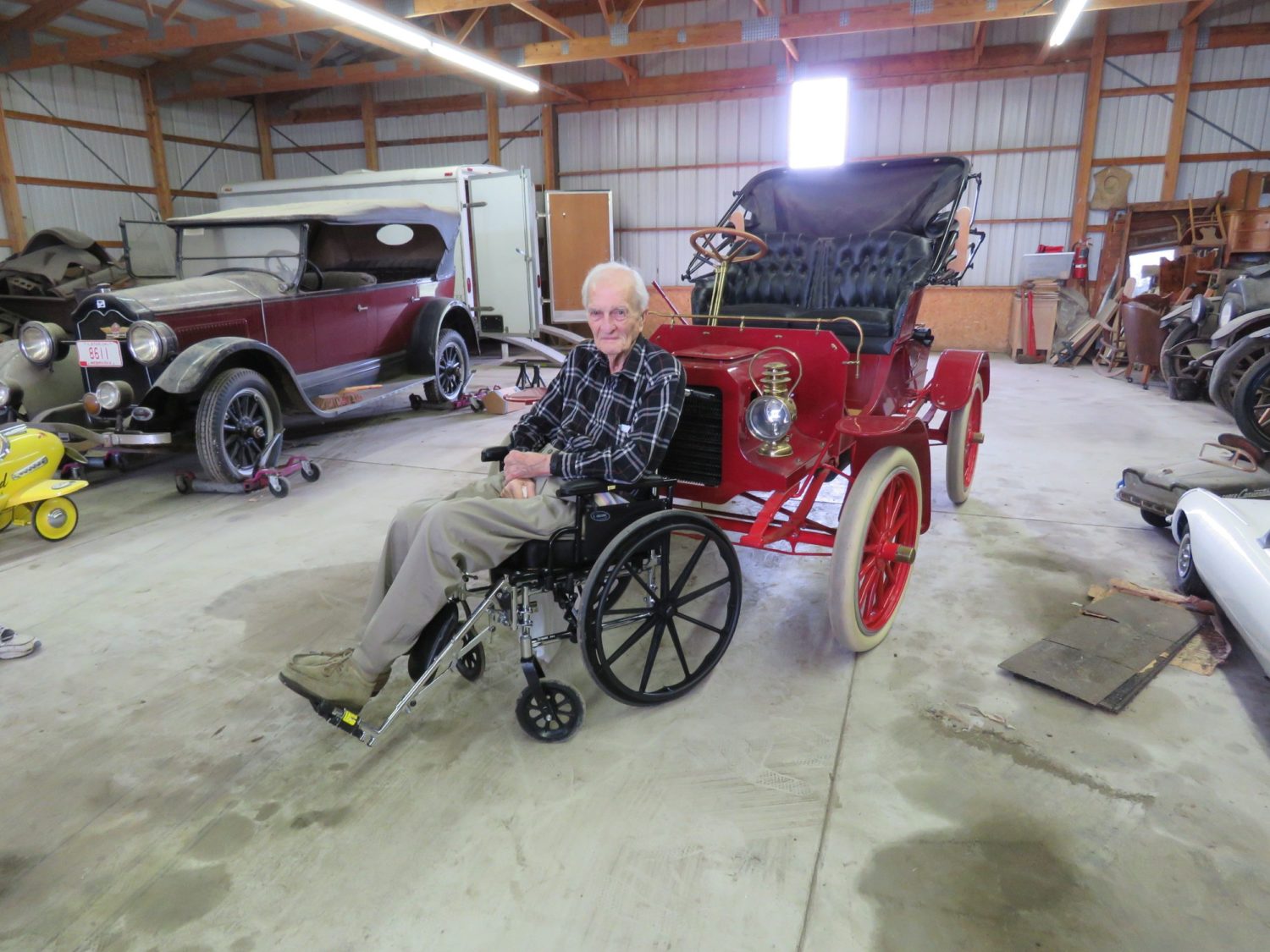


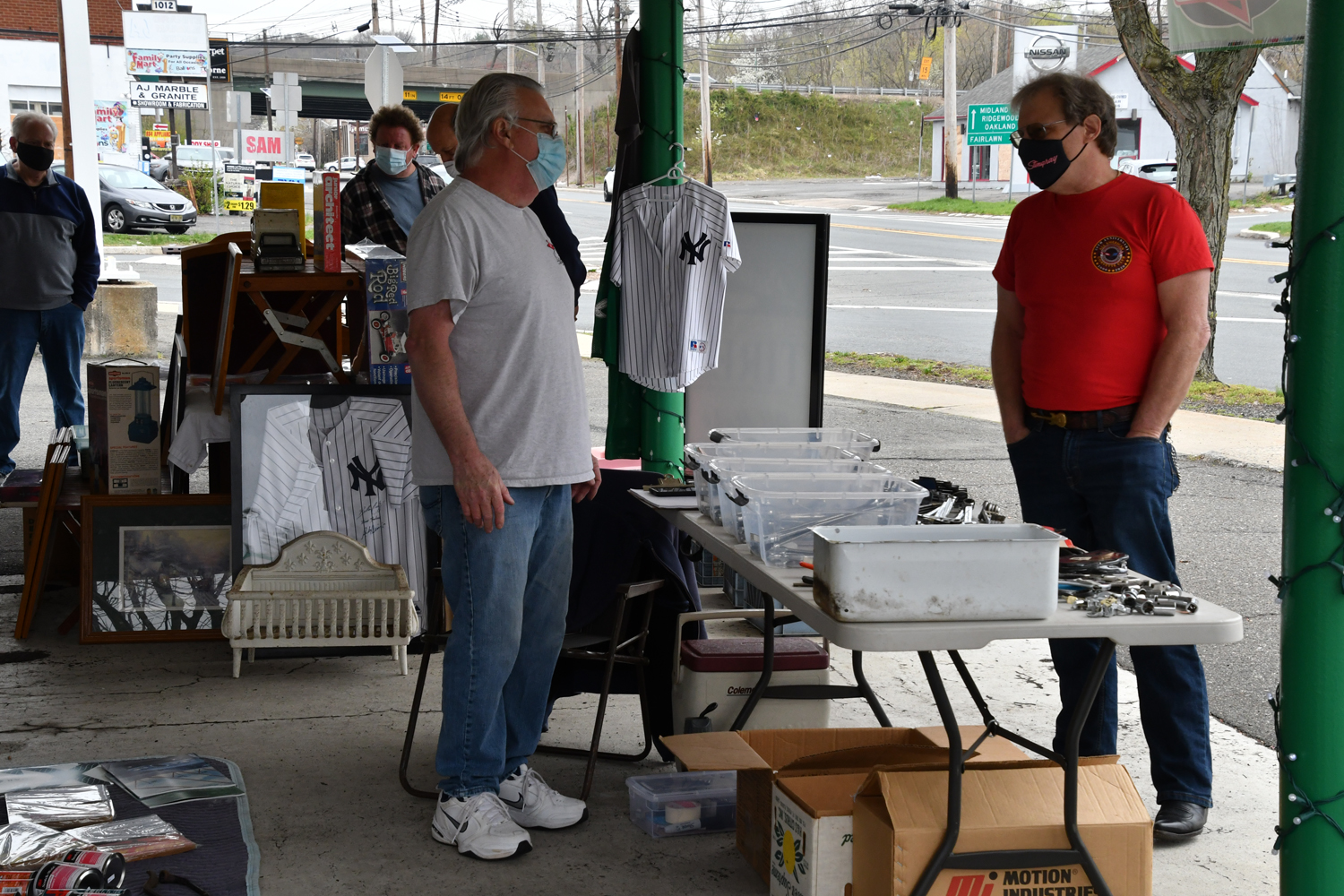
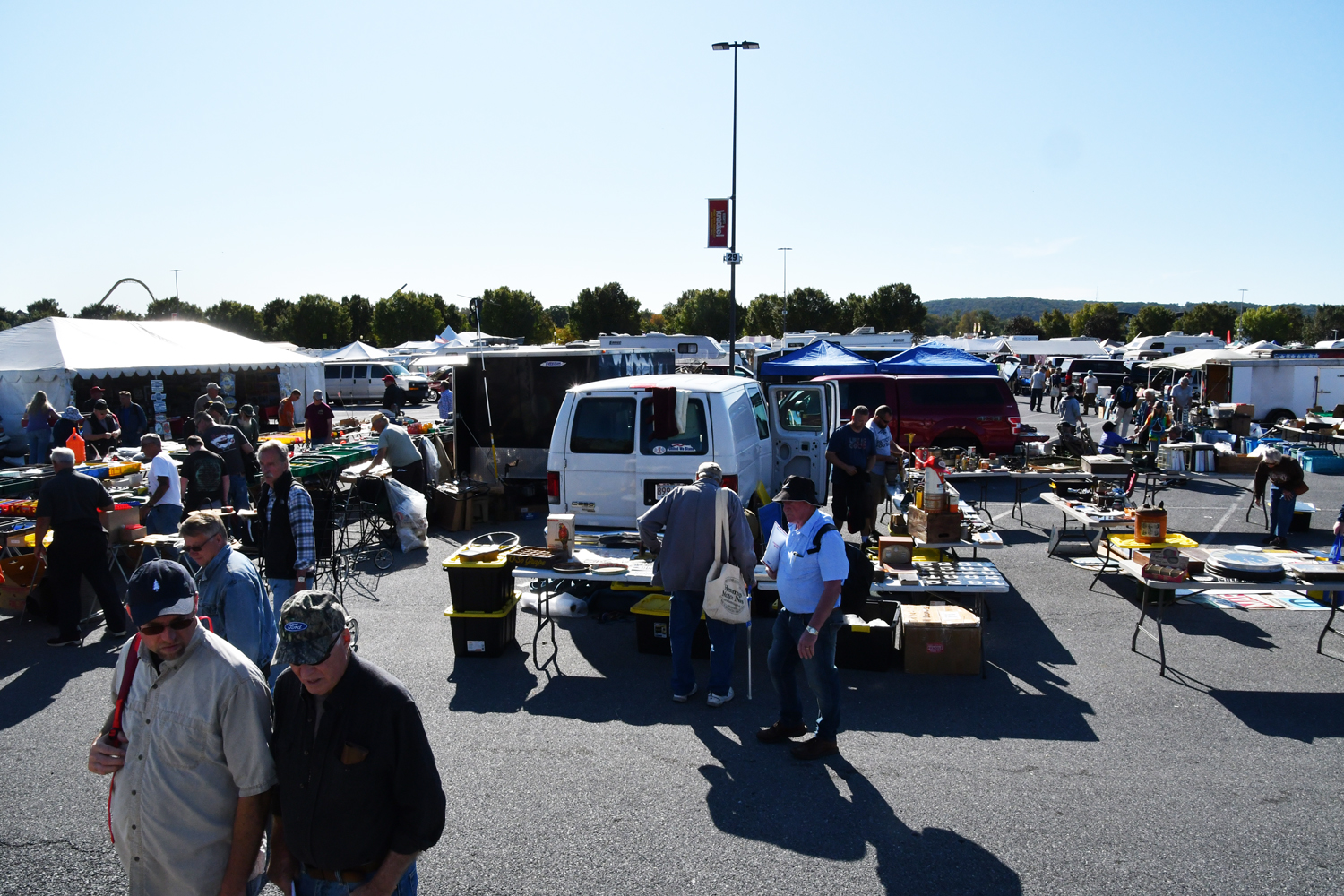



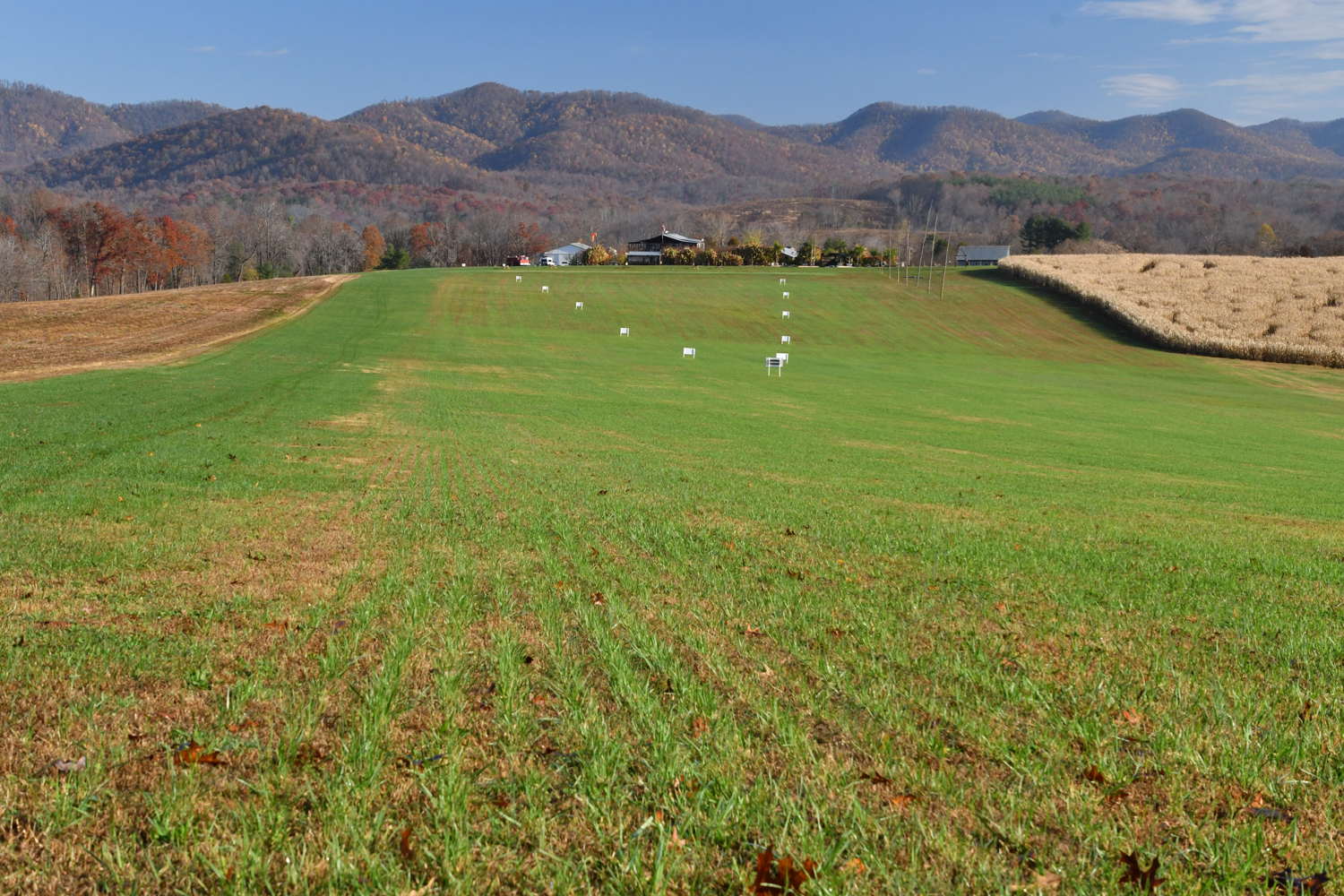

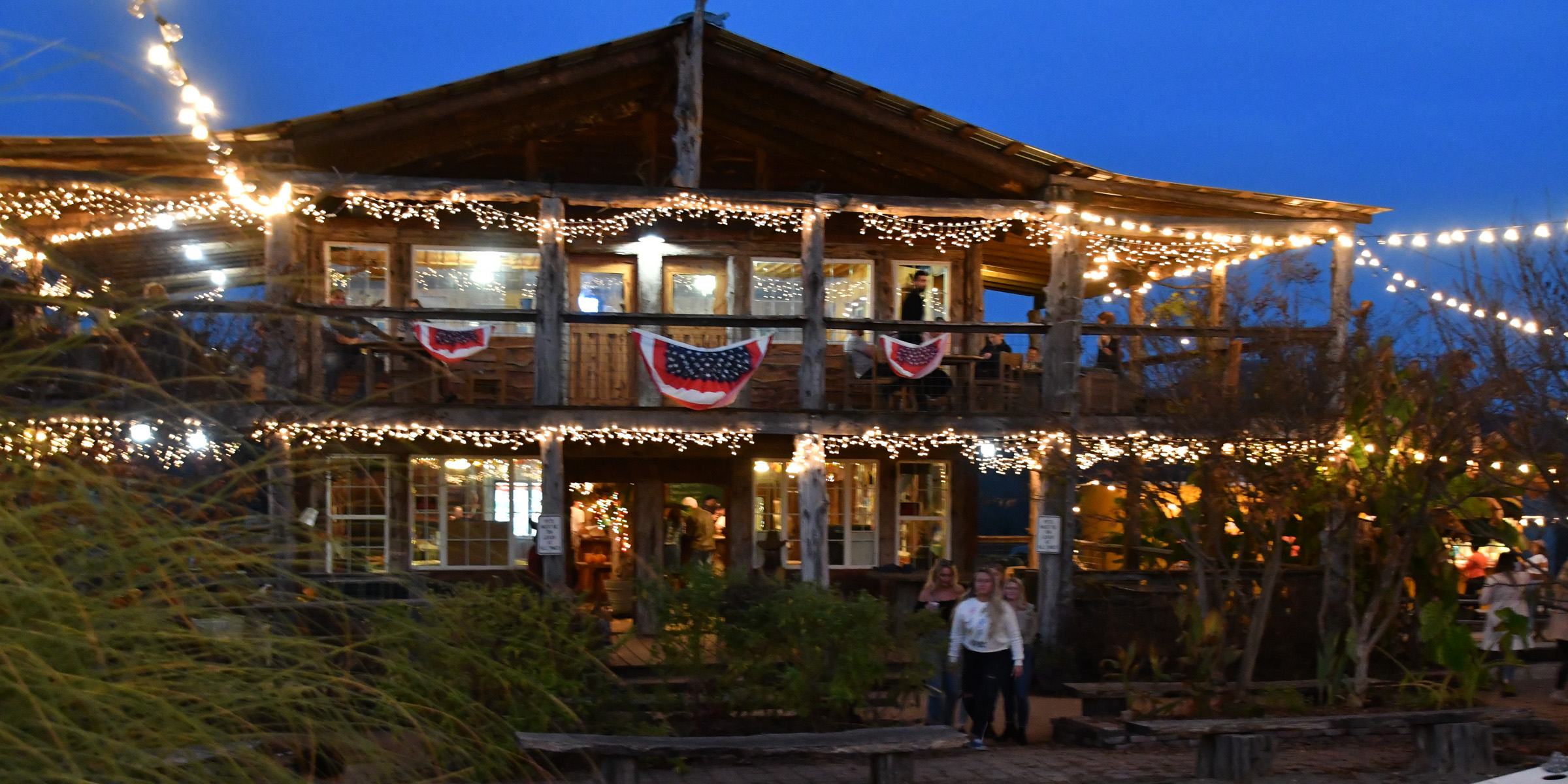
 pickup seemed to willingly absorb the punishment of the deeply rutted trails. Both Barry and the Ford treated the bone jarring ride with the indifference of an urbanite on a transit bus. I hung on.
pickup seemed to willingly absorb the punishment of the deeply rutted trails. Both Barry and the Ford treated the bone jarring ride with the indifference of an urbanite on a transit bus. I hung on.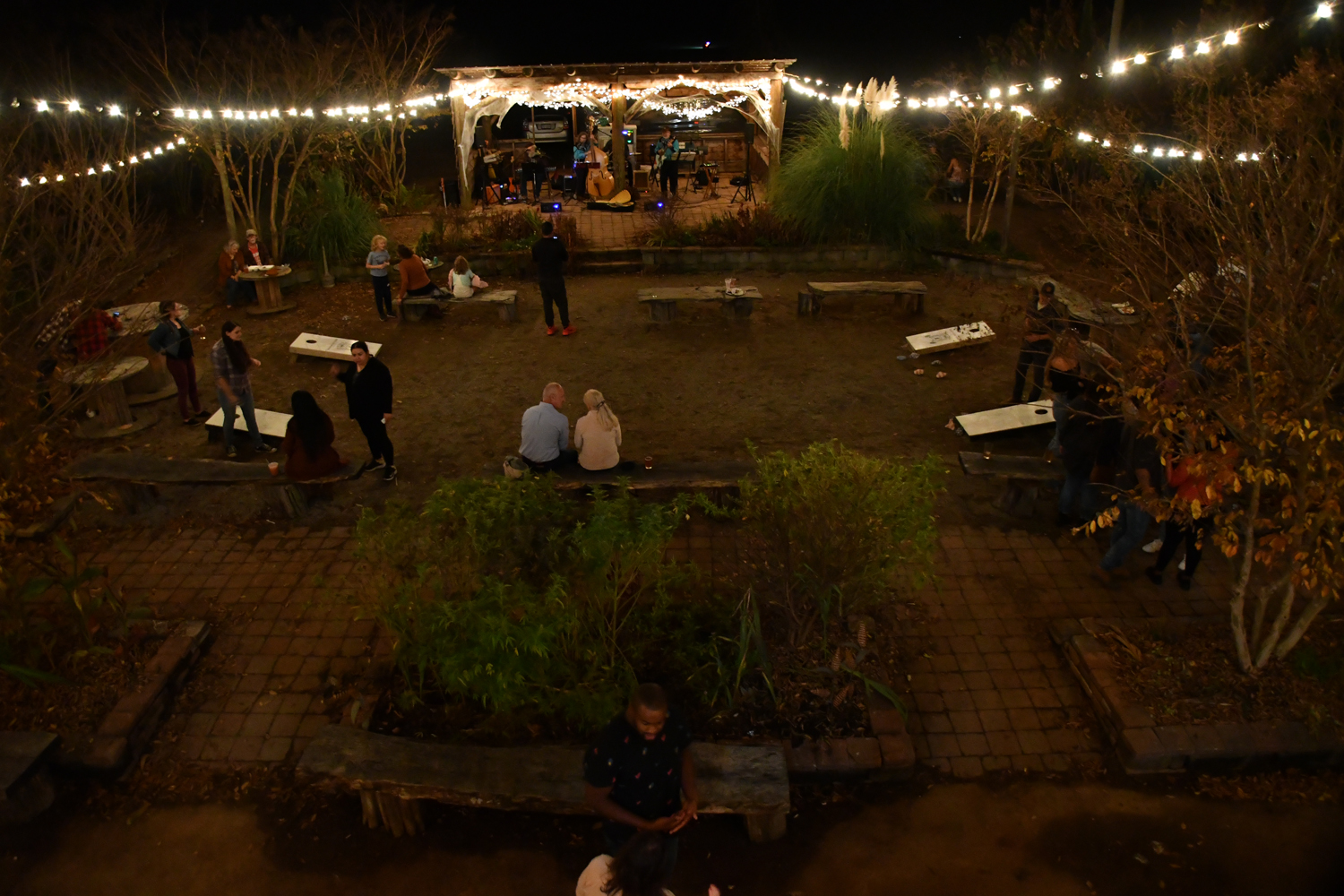
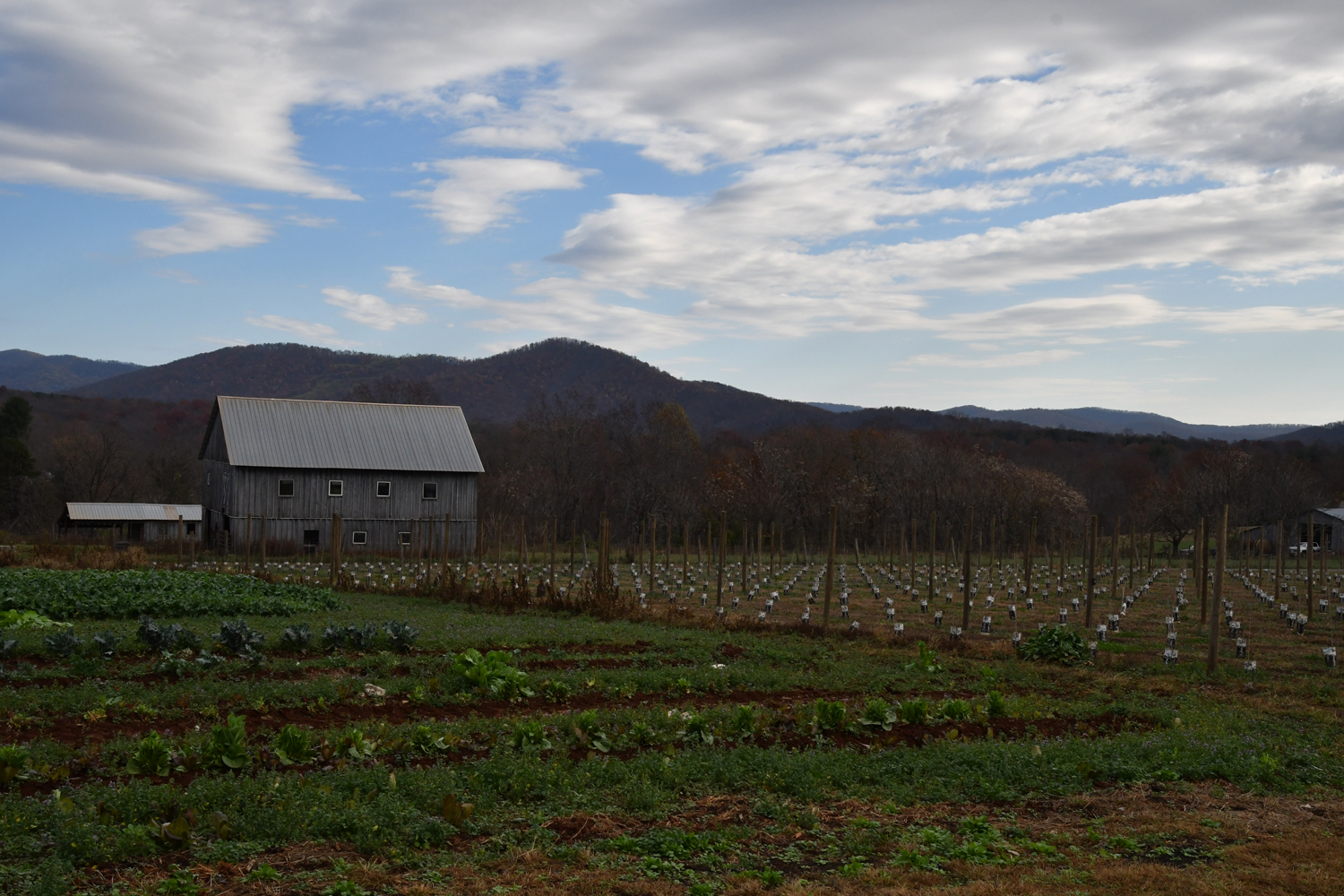
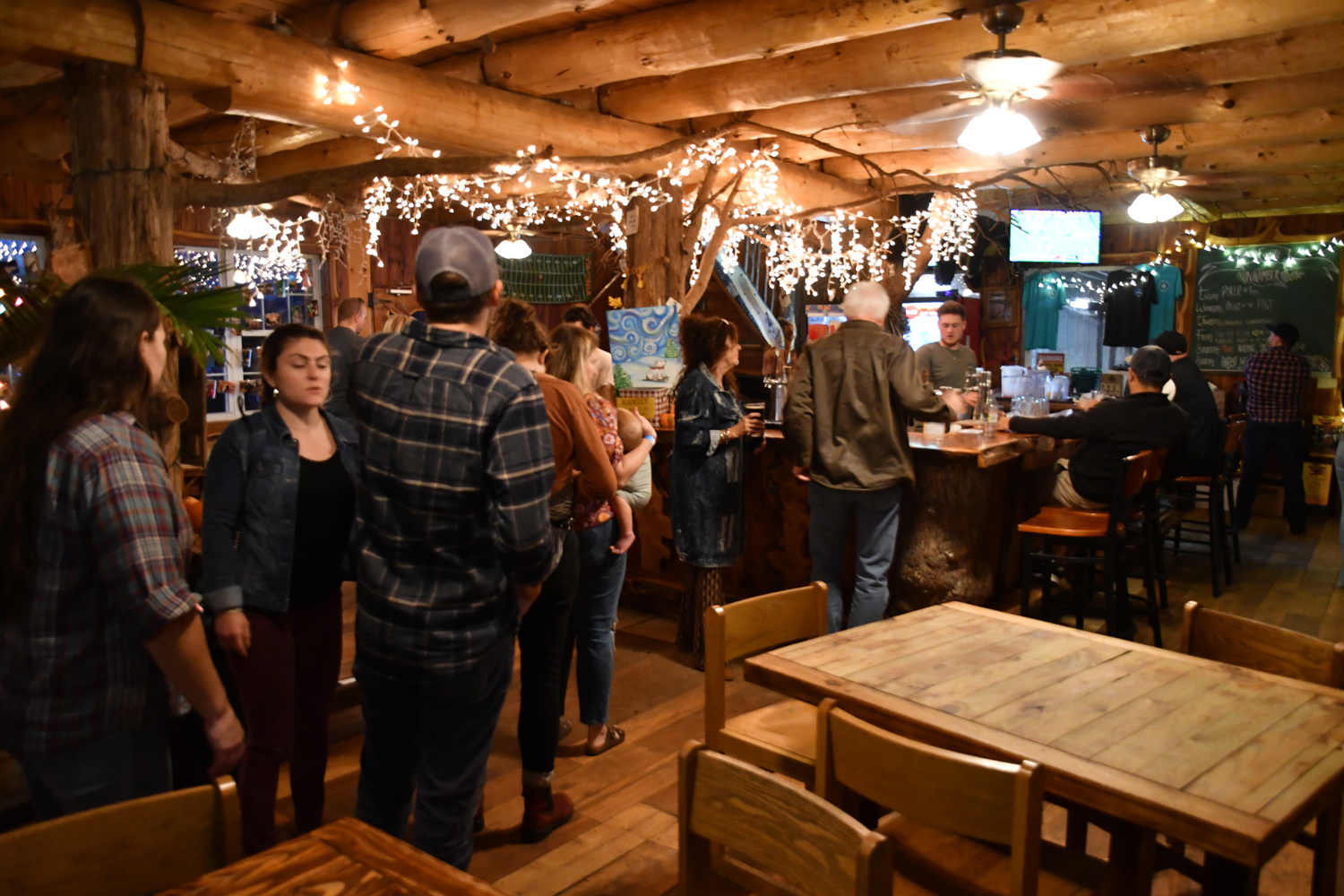


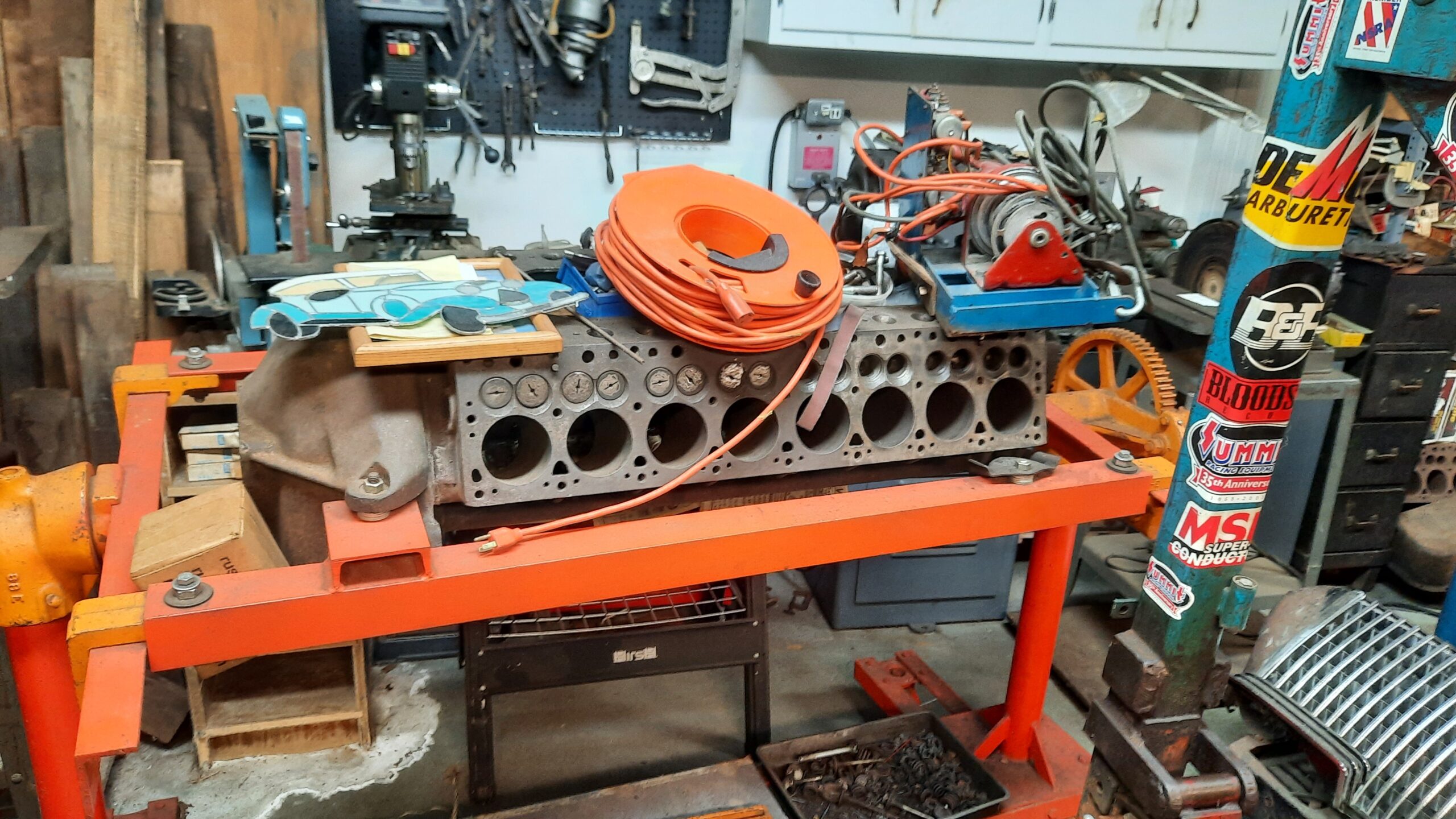 possess a context drawn from the life force of the individual to whom they once belonged.
possess a context drawn from the life force of the individual to whom they once belonged.



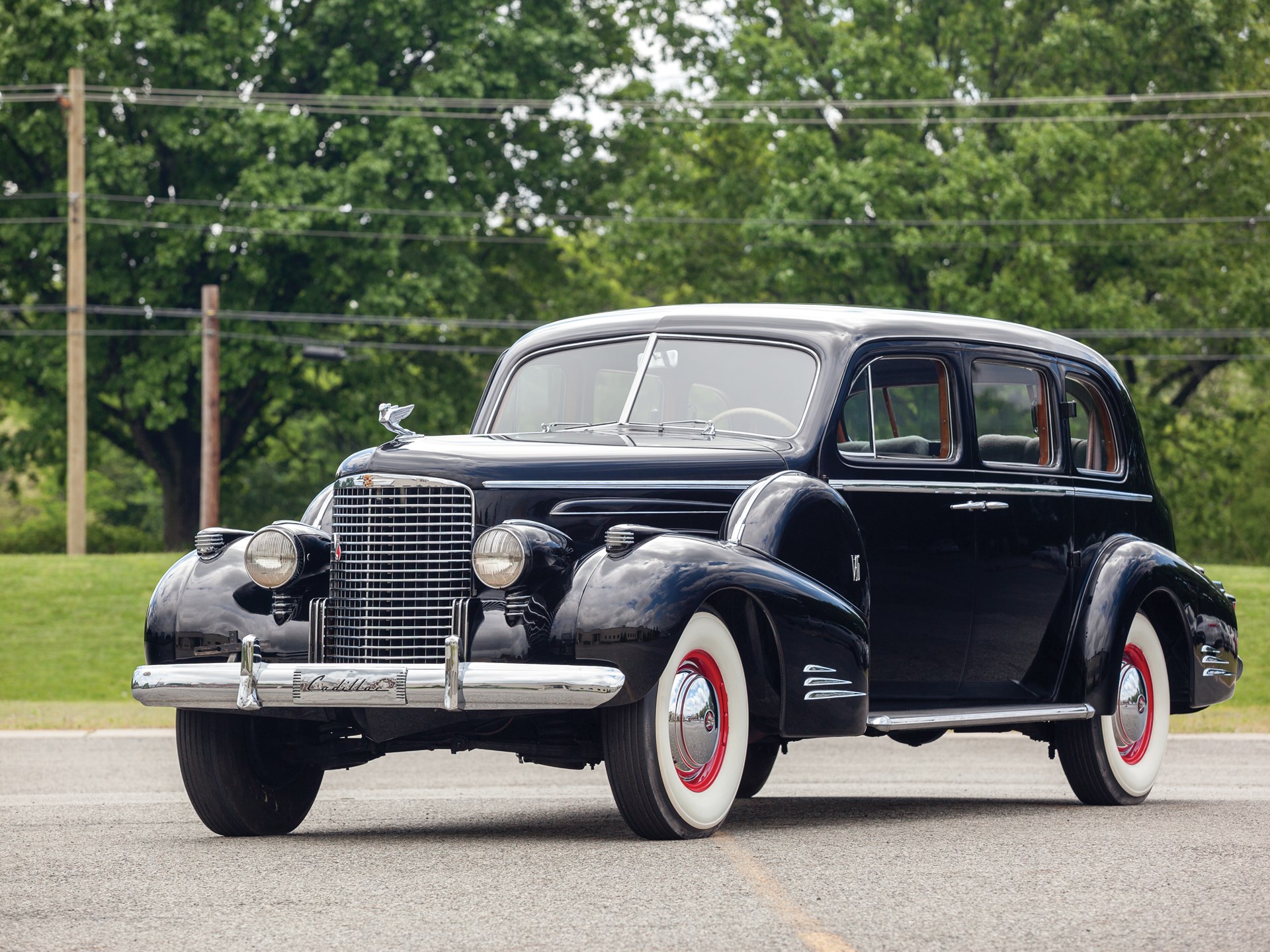


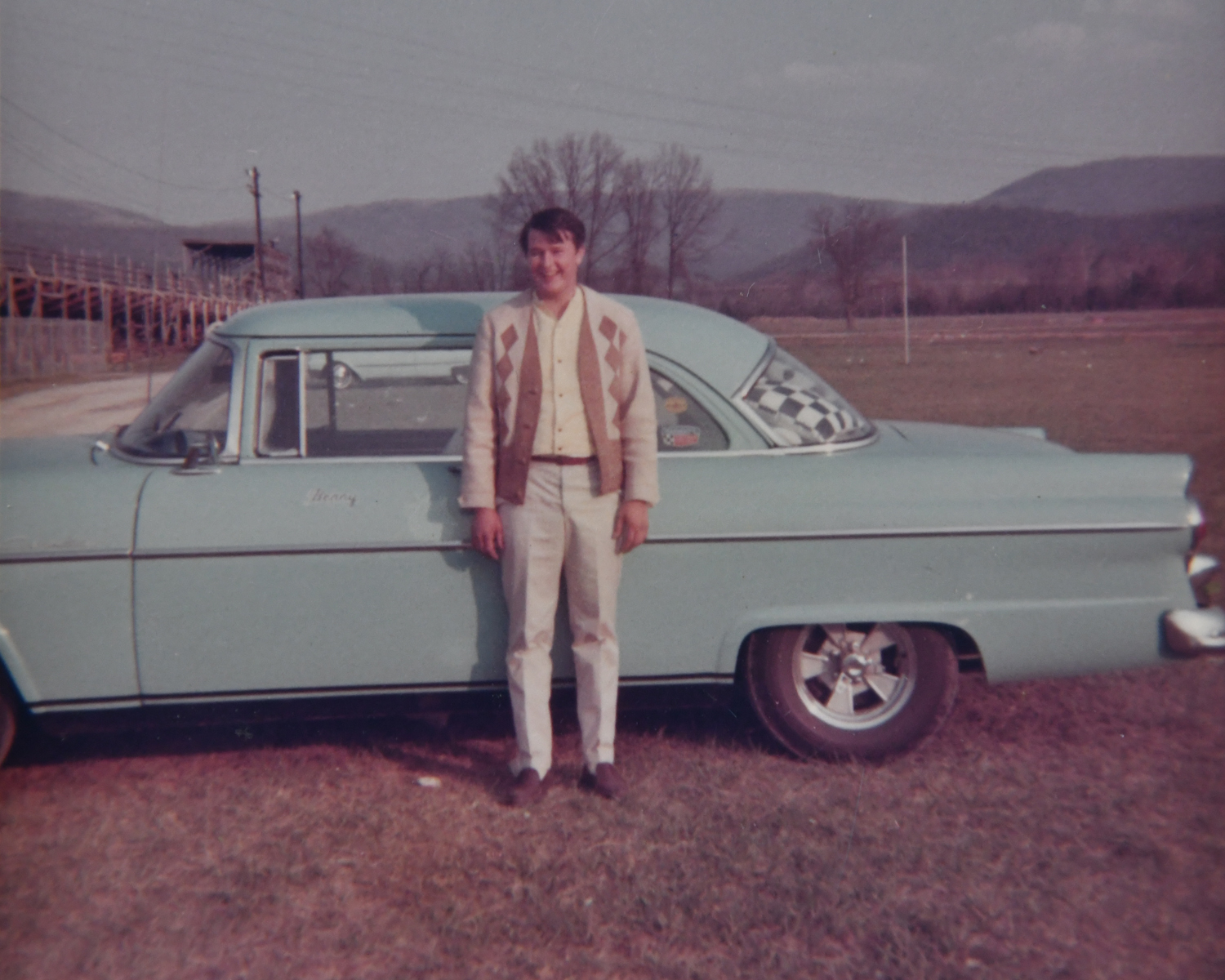
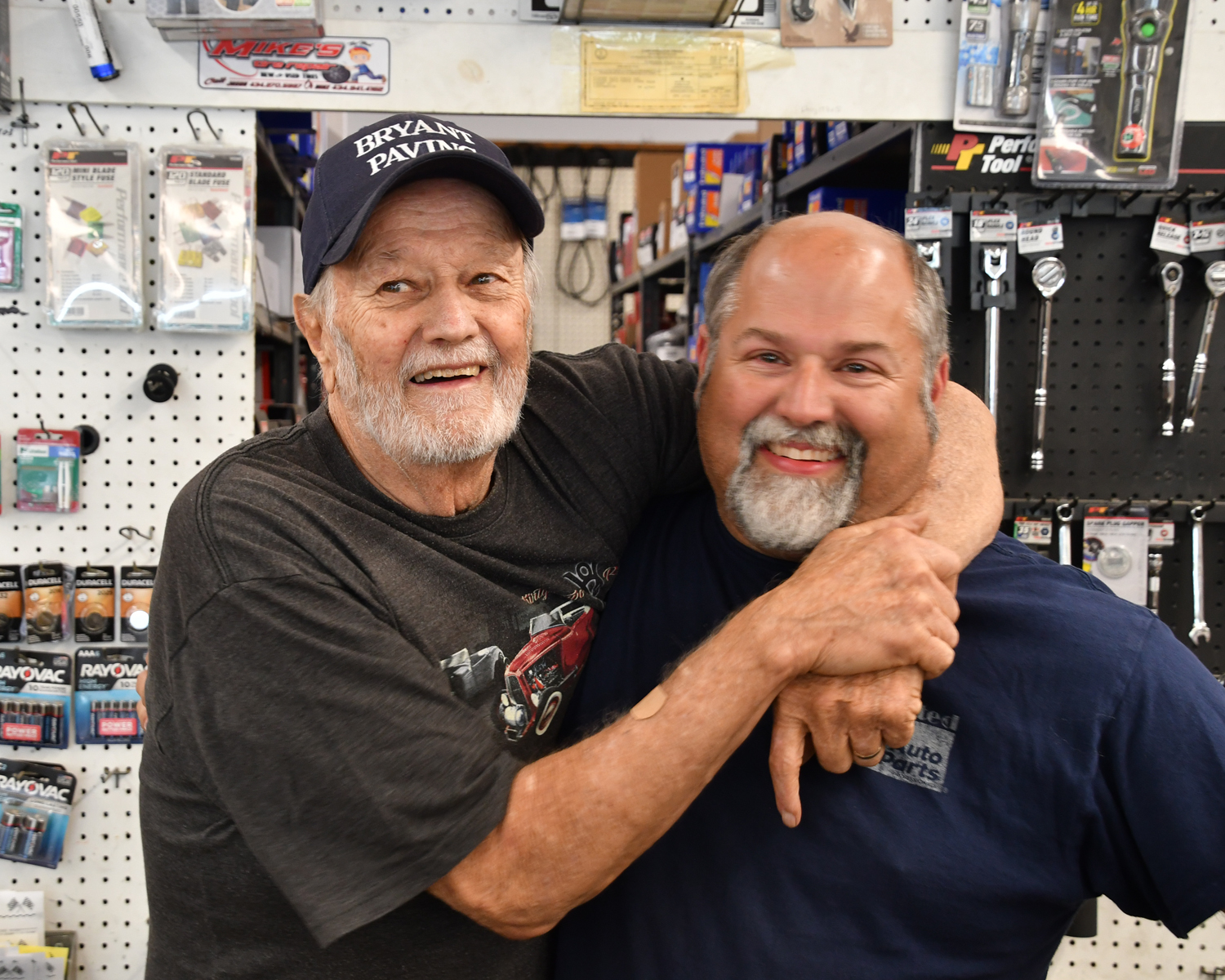
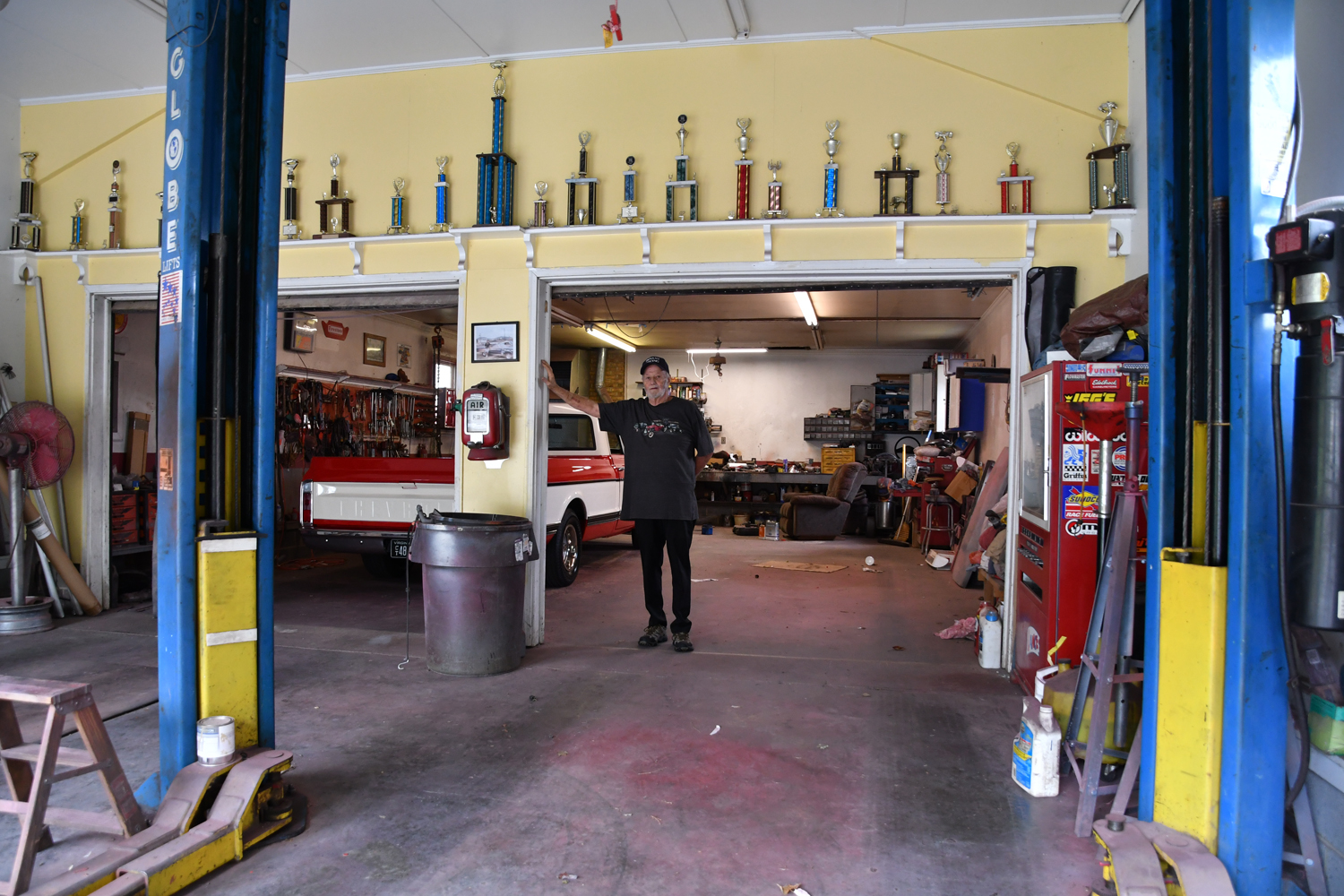


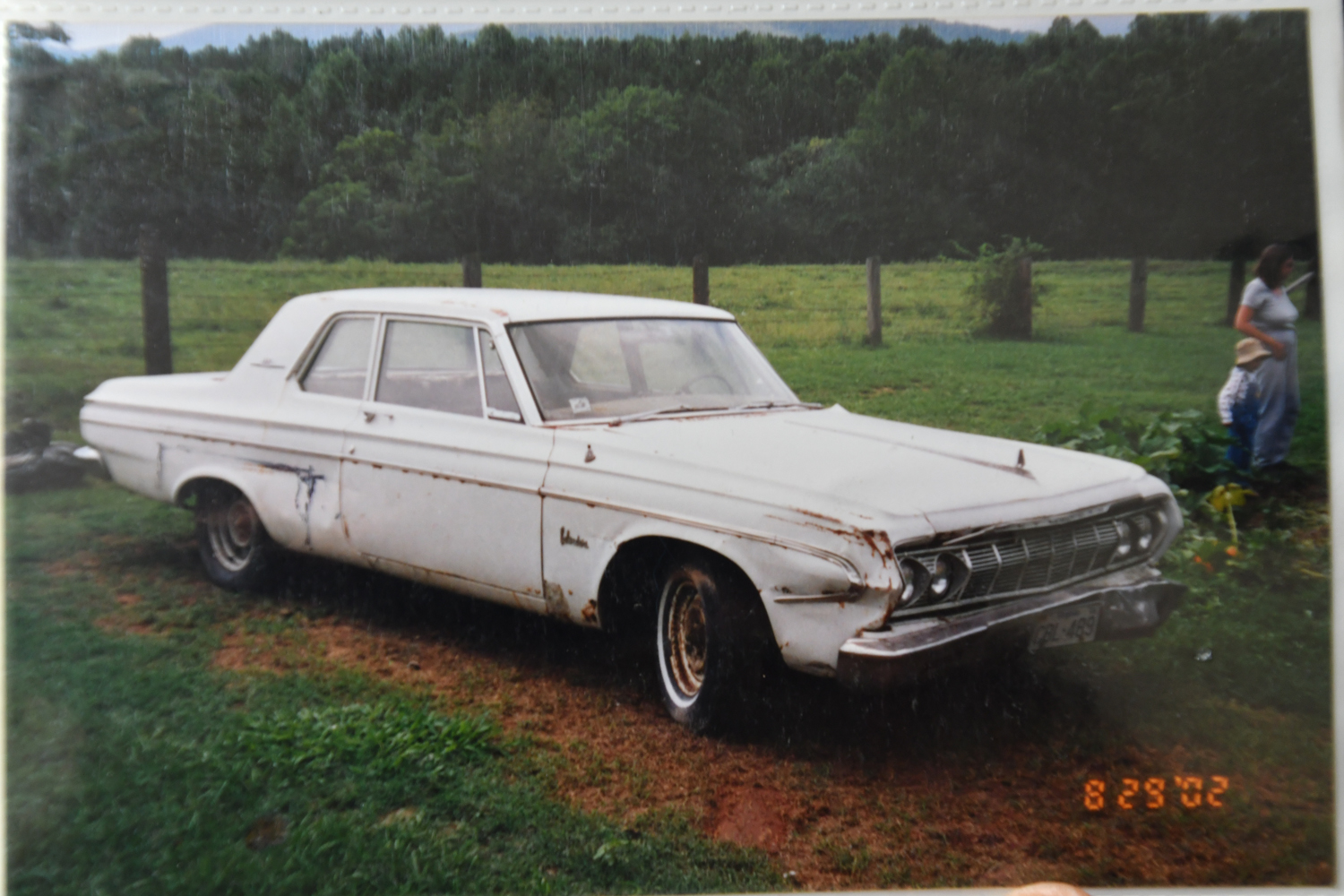

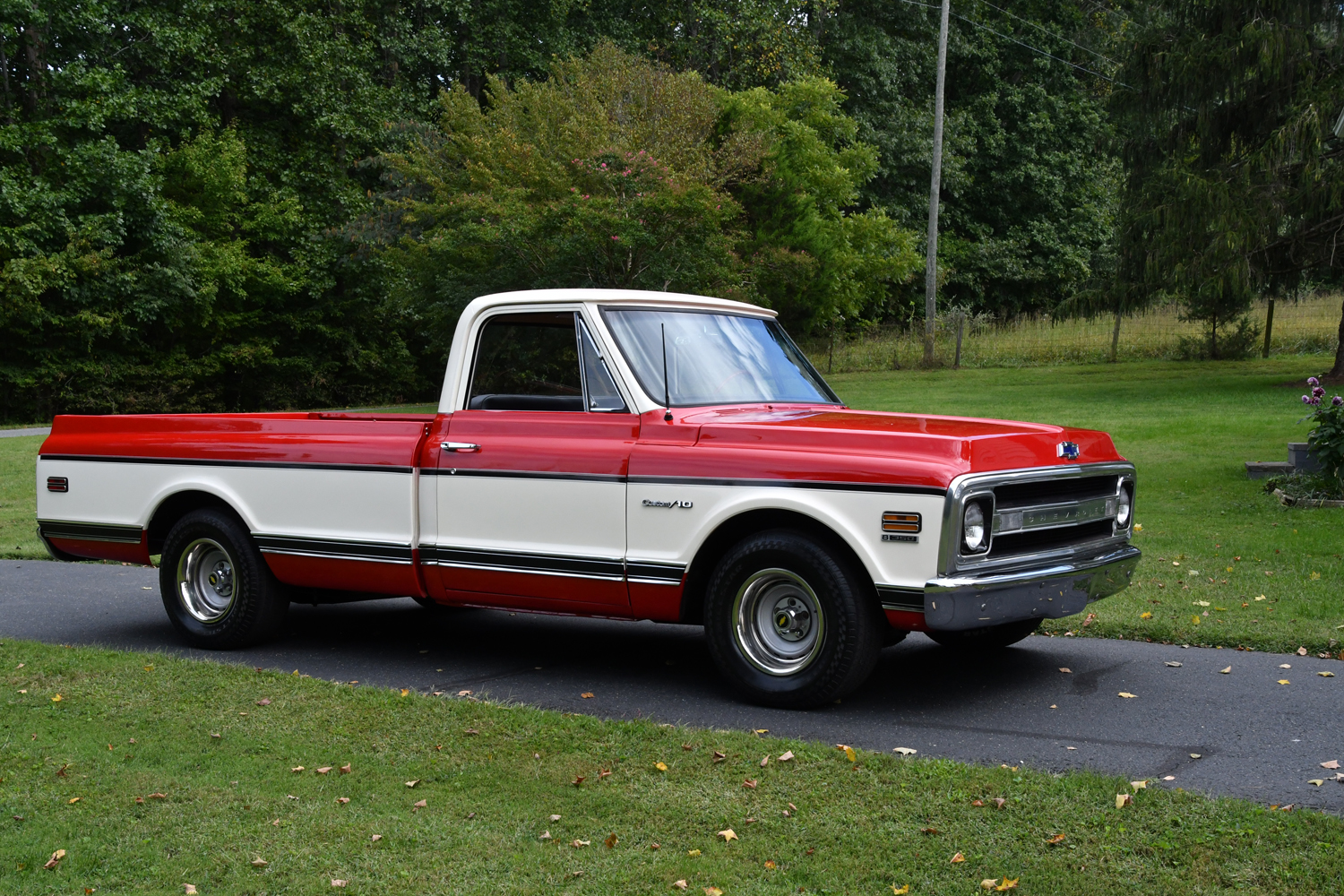

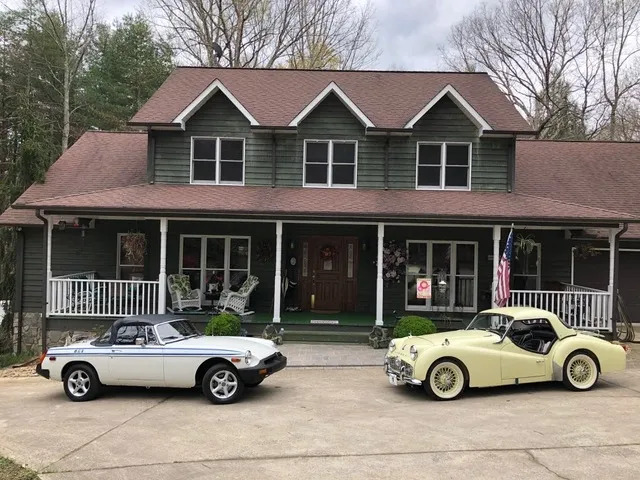

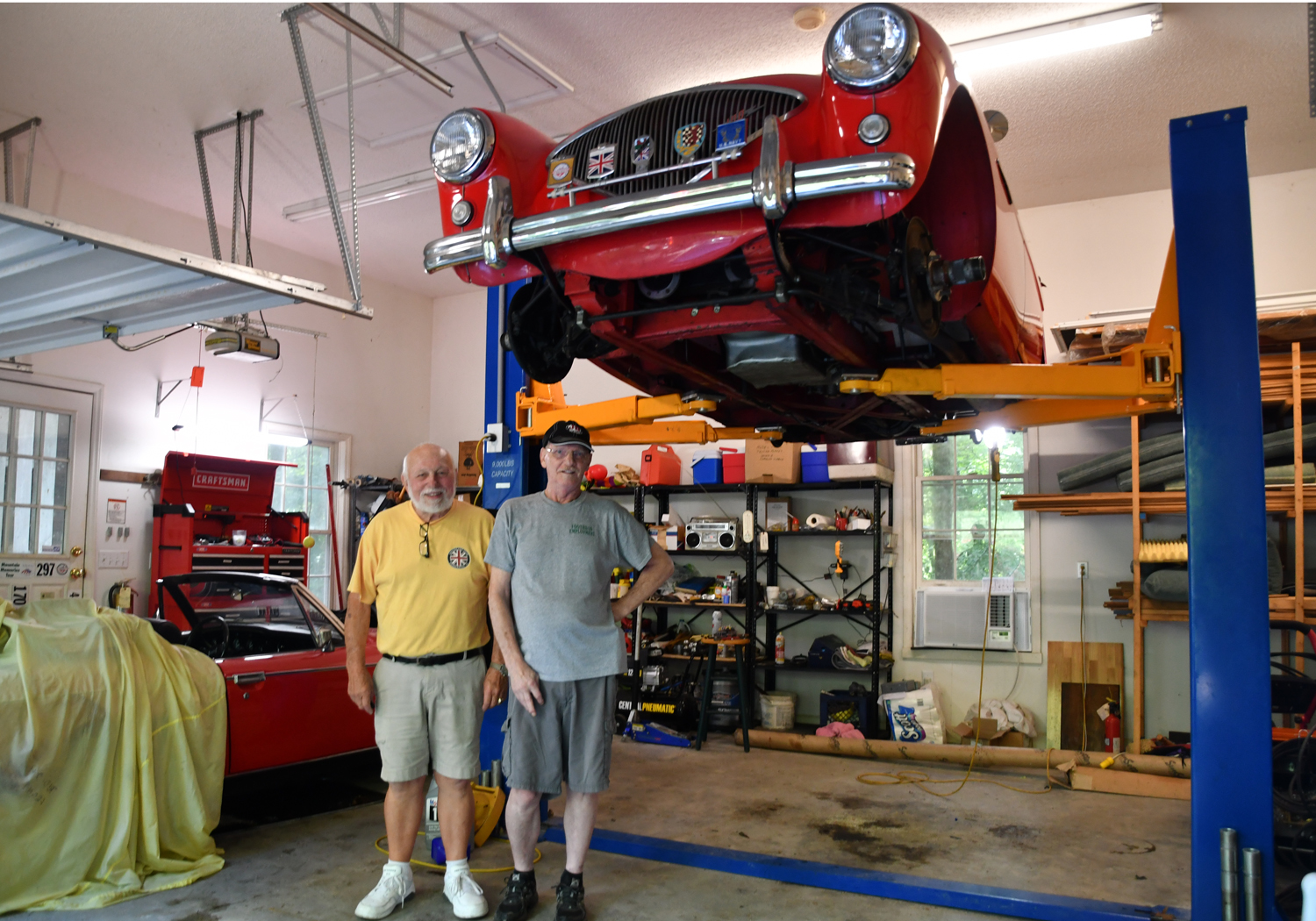
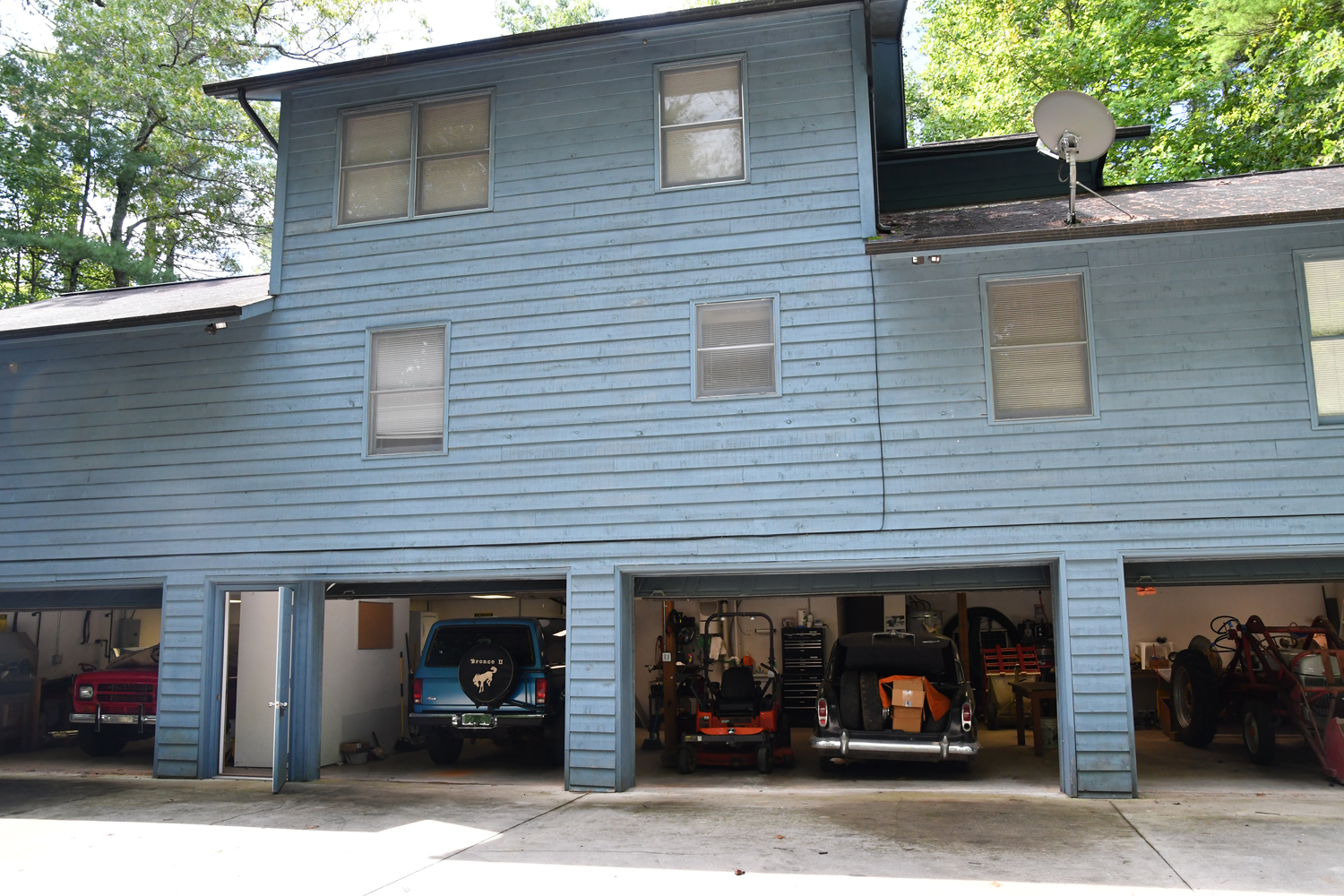
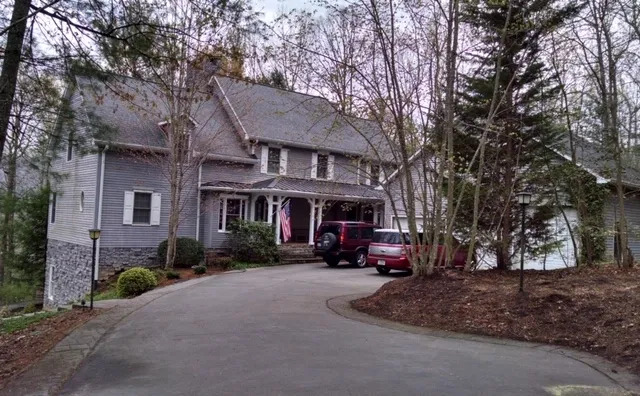
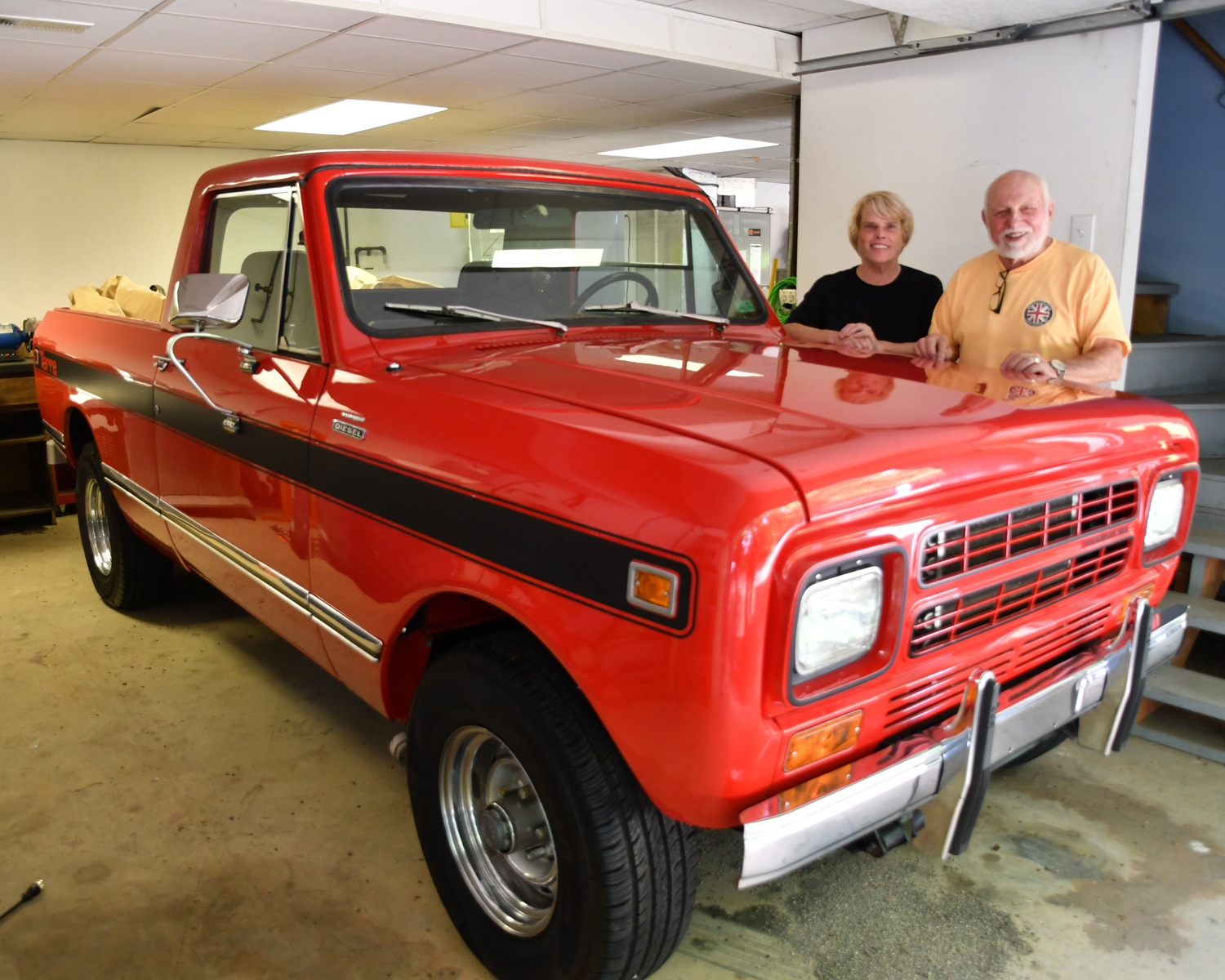



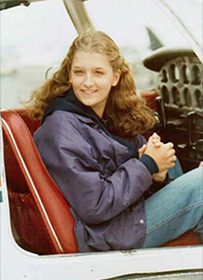




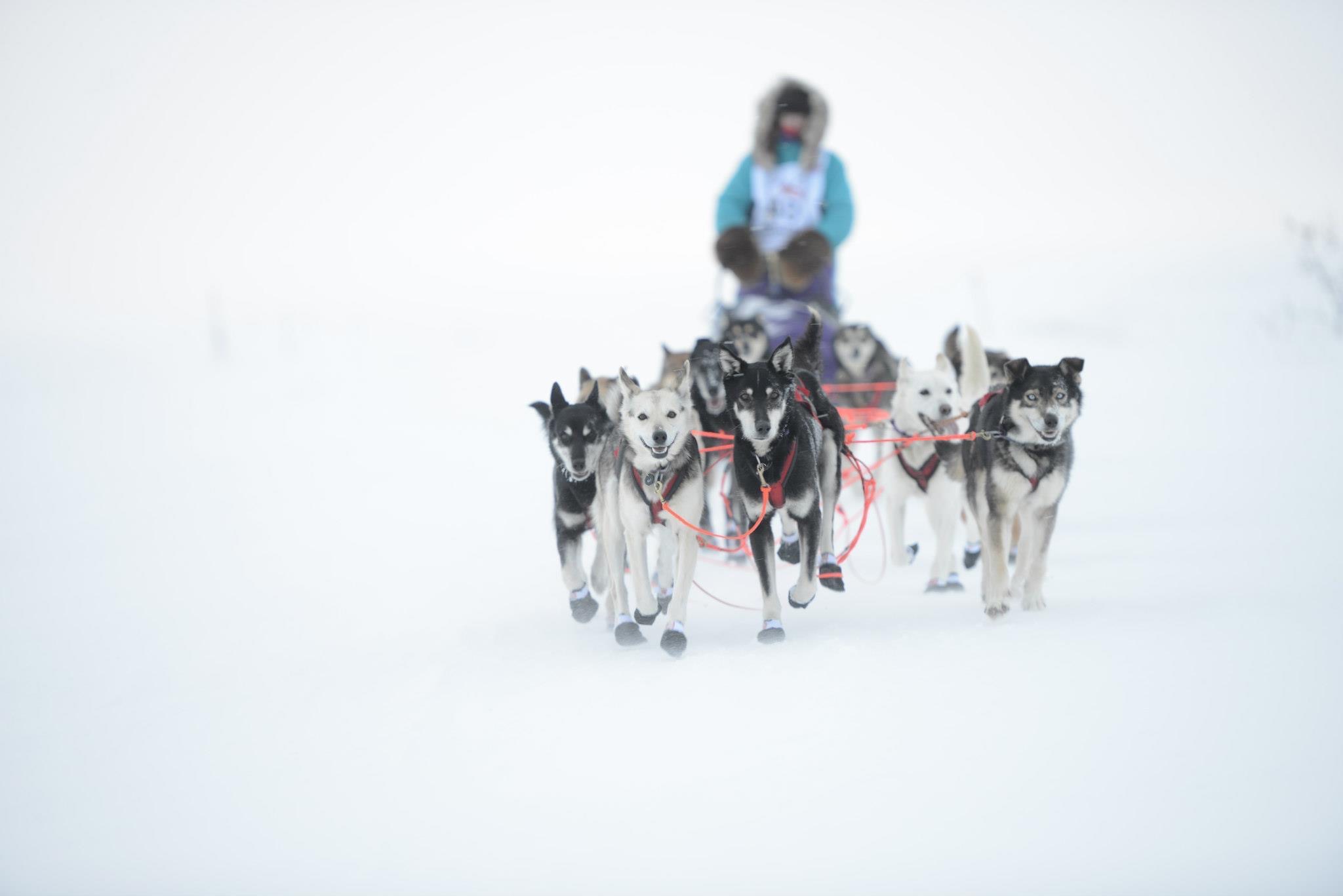



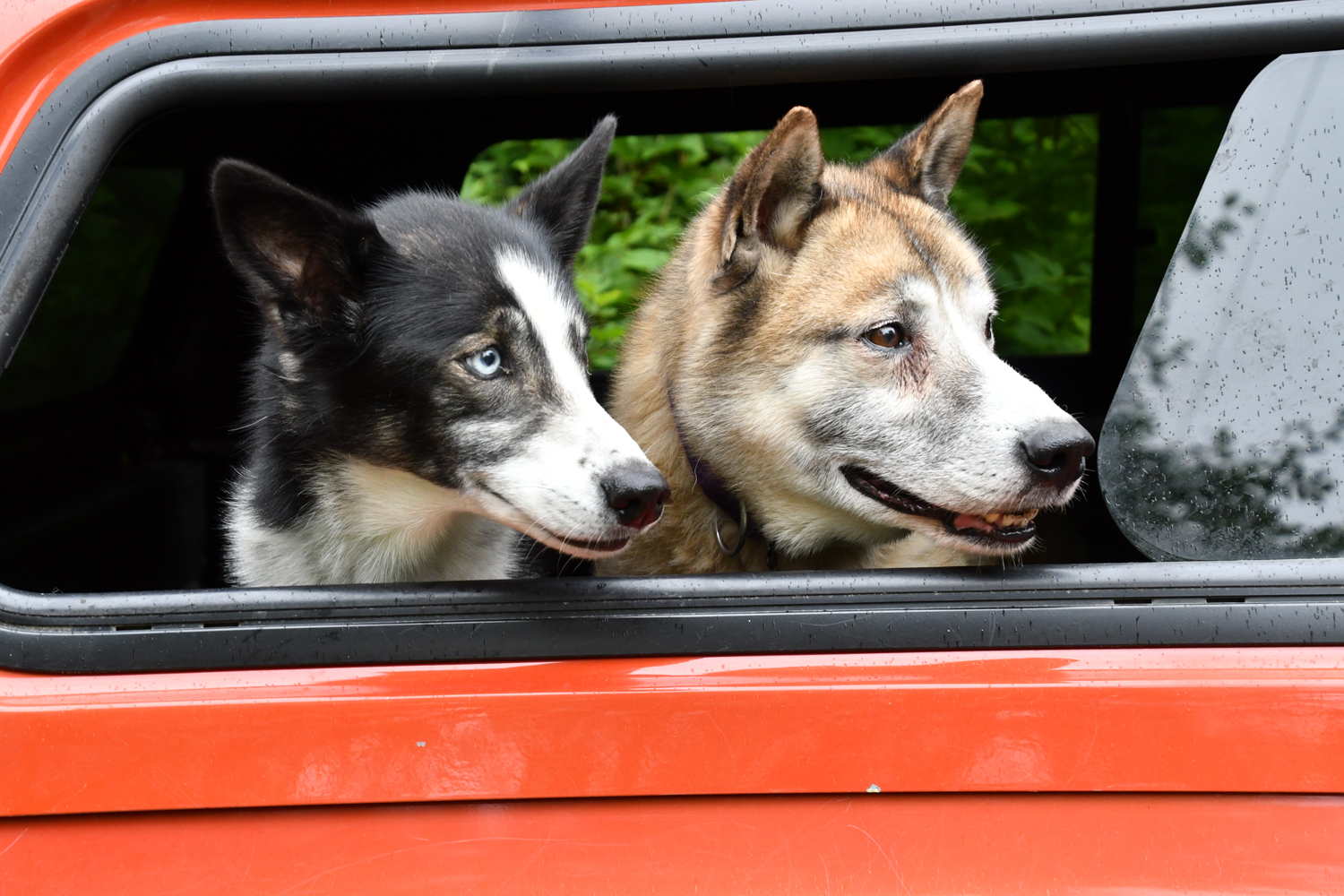



 awareness on all that downtown Fort Lee, NJ has to offer. For those not from the area, Fort Lee offers spectacular views of Manhattan from its perch atop the Palisades cliffs that overlook the Hudson River that flows hundreds of feet below. At the start of the 20th century Fort Lee served as home to the early film industry that would soon move to a place called Hollywood. It also anchors the New Jersey side of the George Washington Bridge. Save for major highways converging at the GW Bridge, Centuries old Fort Lee consists of predominantly two-lane streets.
awareness on all that downtown Fort Lee, NJ has to offer. For those not from the area, Fort Lee offers spectacular views of Manhattan from its perch atop the Palisades cliffs that overlook the Hudson River that flows hundreds of feet below. At the start of the 20th century Fort Lee served as home to the early film industry that would soon move to a place called Hollywood. It also anchors the New Jersey side of the George Washington Bridge. Save for major highways converging at the GW Bridge, Centuries old Fort Lee consists of predominantly two-lane streets.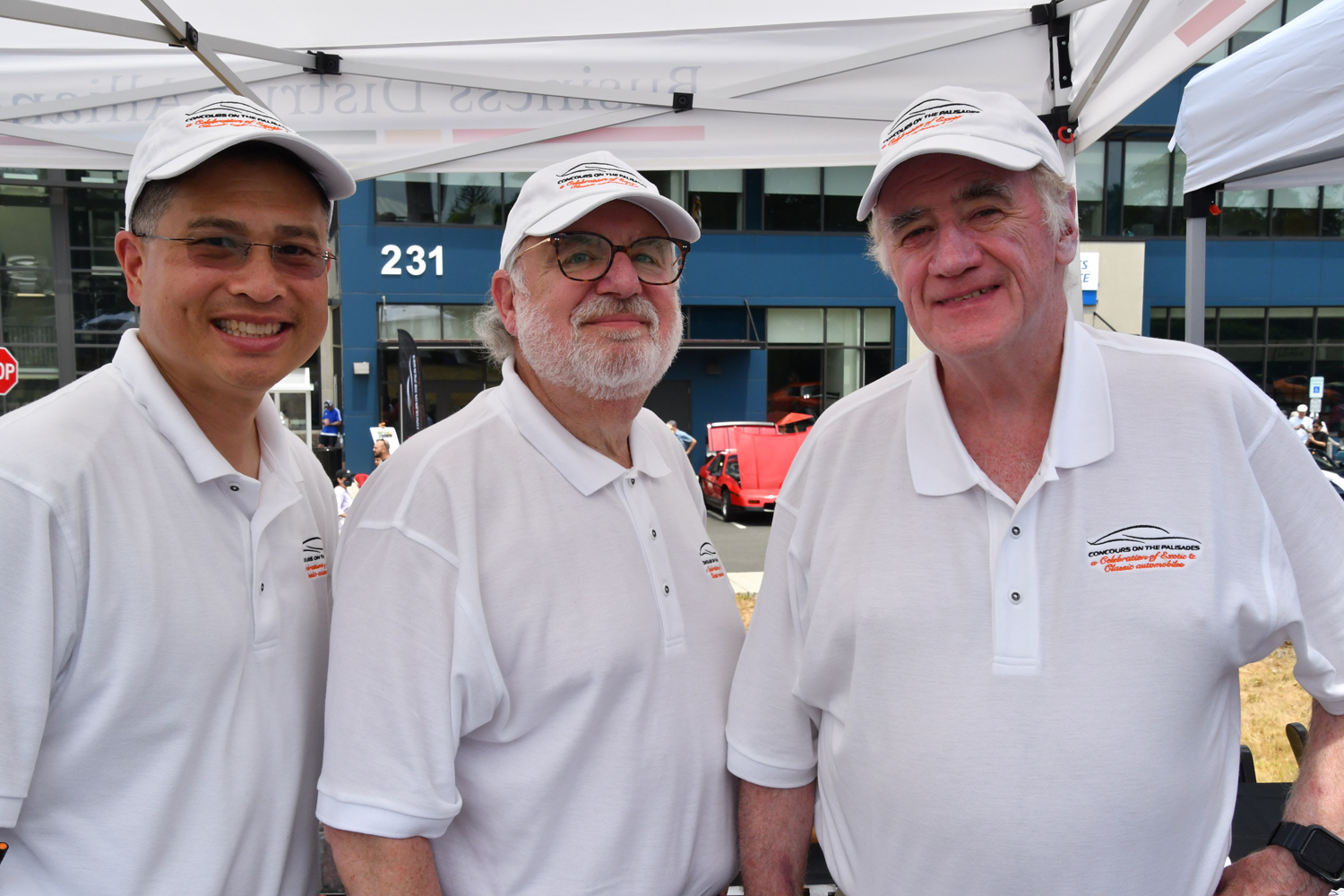
 automobile with a structure and format that elevated it above the casual and loose structure of a Cars and Coffee. Its intended format sought to provide an environment that attracted owners of very special automobiles to publicly display these special vehicles in a setting offering scrutiny and recognition by knowledgeable judges. As well, the concourse originators wanted to provide a day of automotive and artistic education and fun that would bring the attention of an interested public to the special qualities of the downtown Fort Lee setting.
automobile with a structure and format that elevated it above the casual and loose structure of a Cars and Coffee. Its intended format sought to provide an environment that attracted owners of very special automobiles to publicly display these special vehicles in a setting offering scrutiny and recognition by knowledgeable judges. As well, the concourse originators wanted to provide a day of automotive and artistic education and fun that would bring the attention of an interested public to the special qualities of the downtown Fort Lee setting.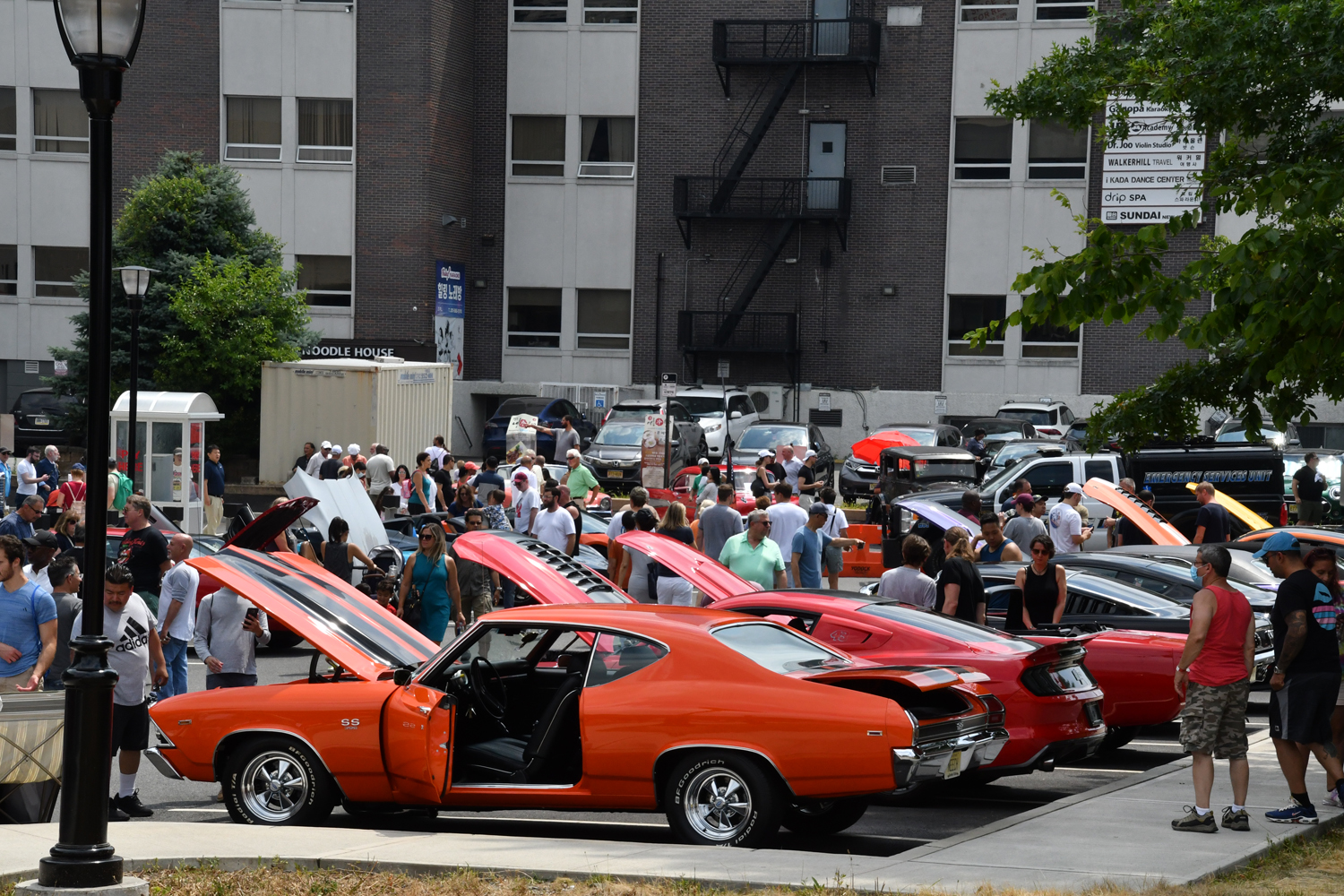 How you may ask could a system for judging automobiles originate two centuries before the car arrived. While 17th century French society lacked automobiles it had a wealth of fancy carriages. The first Concours d’Elegance took place in large part along the Seine River on Sundays. Here the wealthy would take their families out in their horse drawn carriage to picnic. Each, for the most part, would have a very nice horse, a handsome carriage, a lovely blanket and a very nice picnic set. As people then, as now, tend to compare, families would make an effort to have a horse, carriage, blanket and picnic set a bit nicer than the next family. One can almost sense the inevitable momentum of the one-upmanship that ultimately evolved to where prizes were awarded for the best horse and carriage and so on. It got to the point that how the children were dressed counted. Kids must have loved that.
How you may ask could a system for judging automobiles originate two centuries before the car arrived. While 17th century French society lacked automobiles it had a wealth of fancy carriages. The first Concours d’Elegance took place in large part along the Seine River on Sundays. Here the wealthy would take their families out in their horse drawn carriage to picnic. Each, for the most part, would have a very nice horse, a handsome carriage, a lovely blanket and a very nice picnic set. As people then, as now, tend to compare, families would make an effort to have a horse, carriage, blanket and picnic set a bit nicer than the next family. One can almost sense the inevitable momentum of the one-upmanship that ultimately evolved to where prizes were awarded for the best horse and carriage and so on. It got to the point that how the children were dressed counted. Kids must have loved that. Thus, French rules do not focus on nuts, bolts, authenticity and perfection. The emphasis resides on a vehicle’s overall visual impact as defined by the car’s style, beauty, elegance and presentation. A good story also adds value. The essence of the judging guidelines called for assessing the emotional response experienced by the judge himself. The wrong hose clamp? Not an issue. The hood stayed closed so engine detailing did not matter. Overall visual impact moved the needle. If the car’s appearance moved a judge to feel that, more than any other car in this class, he would want this car in his garage then this car went to the top of his list.
Thus, French rules do not focus on nuts, bolts, authenticity and perfection. The emphasis resides on a vehicle’s overall visual impact as defined by the car’s style, beauty, elegance and presentation. A good story also adds value. The essence of the judging guidelines called for assessing the emotional response experienced by the judge himself. The wrong hose clamp? Not an issue. The hood stayed closed so engine detailing did not matter. Overall visual impact moved the needle. If the car’s appearance moved a judge to feel that, more than any other car in this class, he would want this car in his garage then this car went to the top of his list.



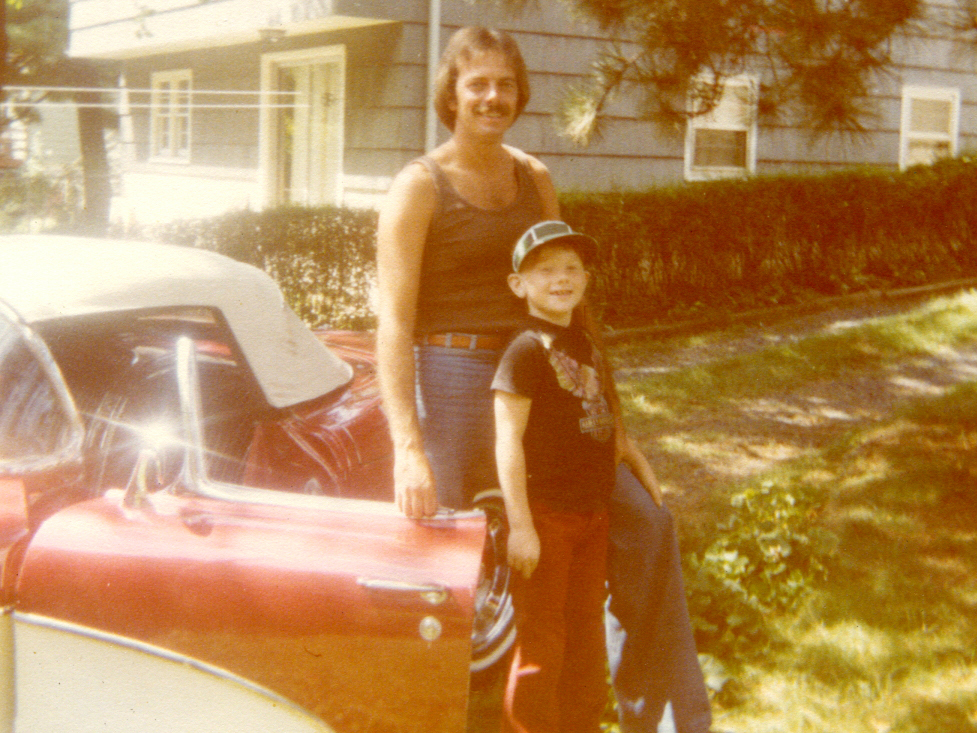
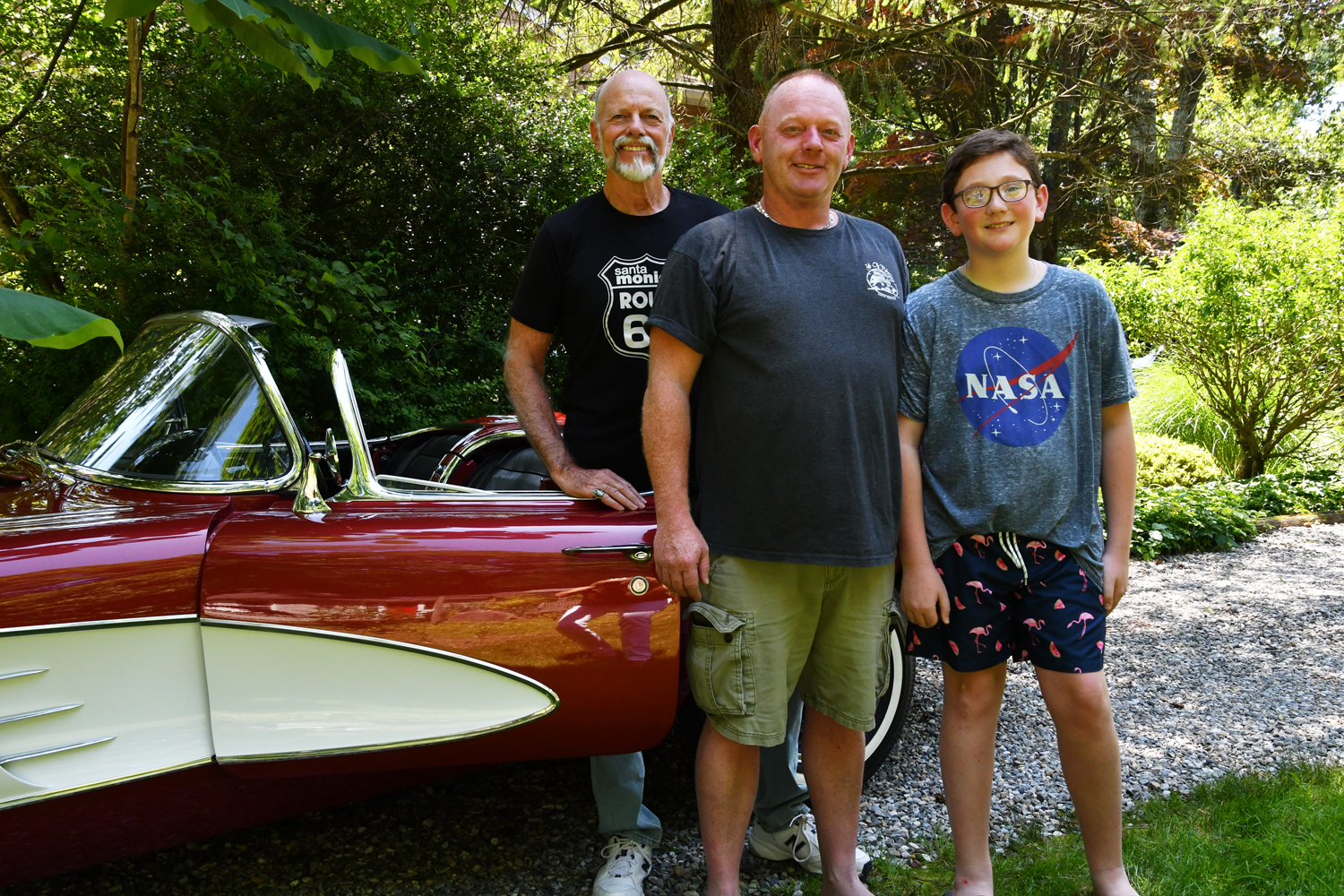


 function nobly without complaint. The Wonderbar radio that reported the passing of history and any music available on an AM channel sits functional as it has since the day it left the showroom. The Goldwater-Miller presidential campaign button has been left where it was found with the spare tire .
function nobly without complaint. The Wonderbar radio that reported the passing of history and any music available on an AM channel sits functional as it has since the day it left the showroom. The Goldwater-Miller presidential campaign button has been left where it was found with the spare tire .